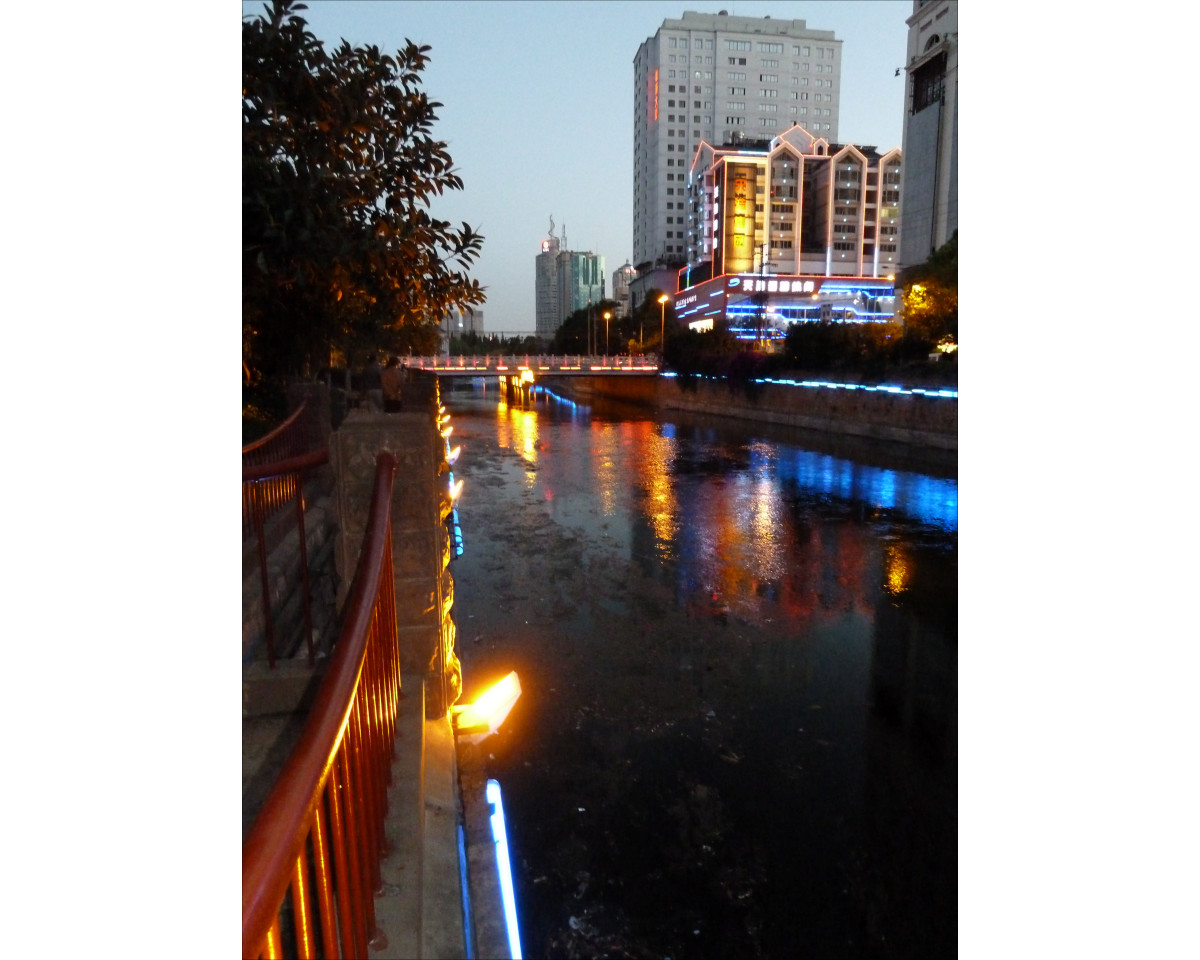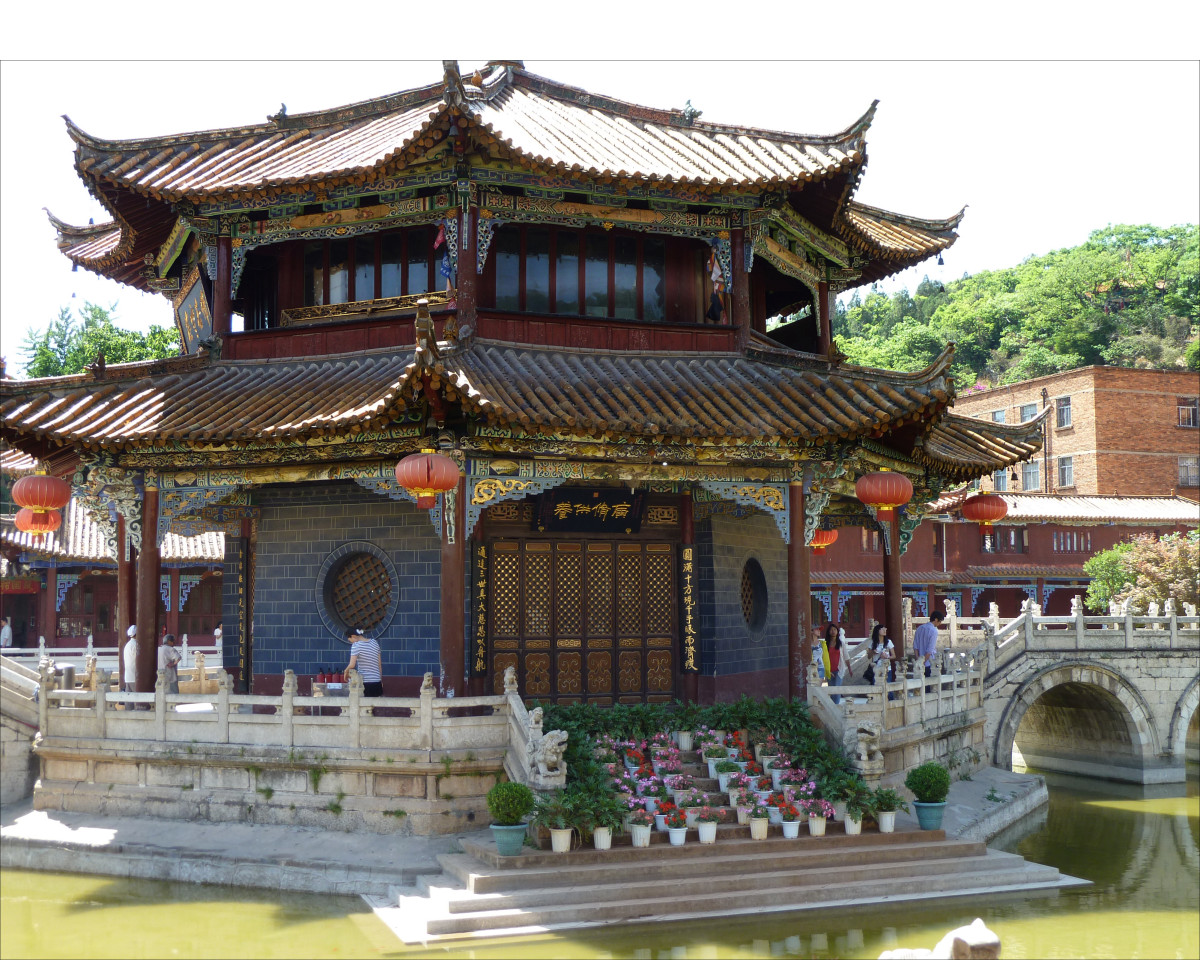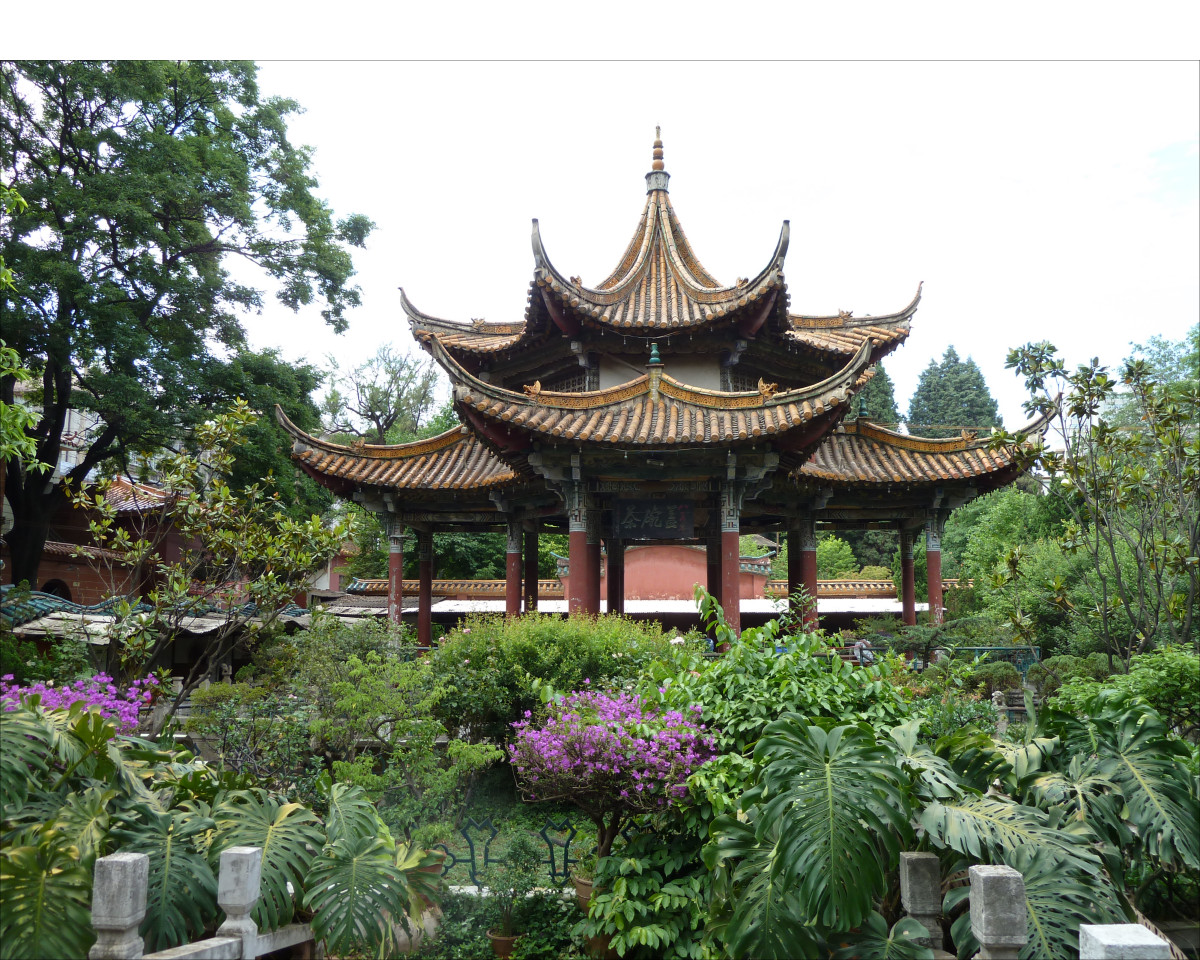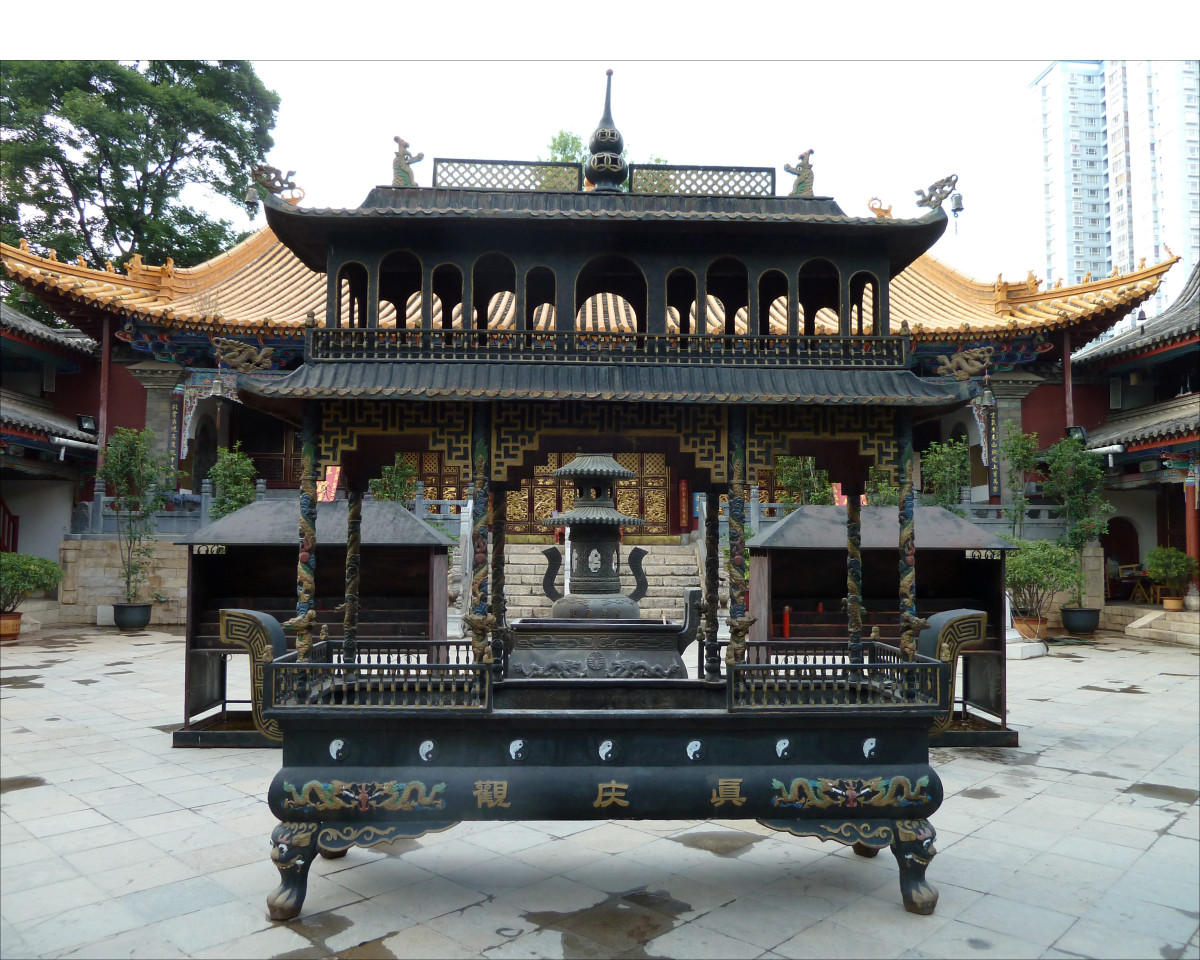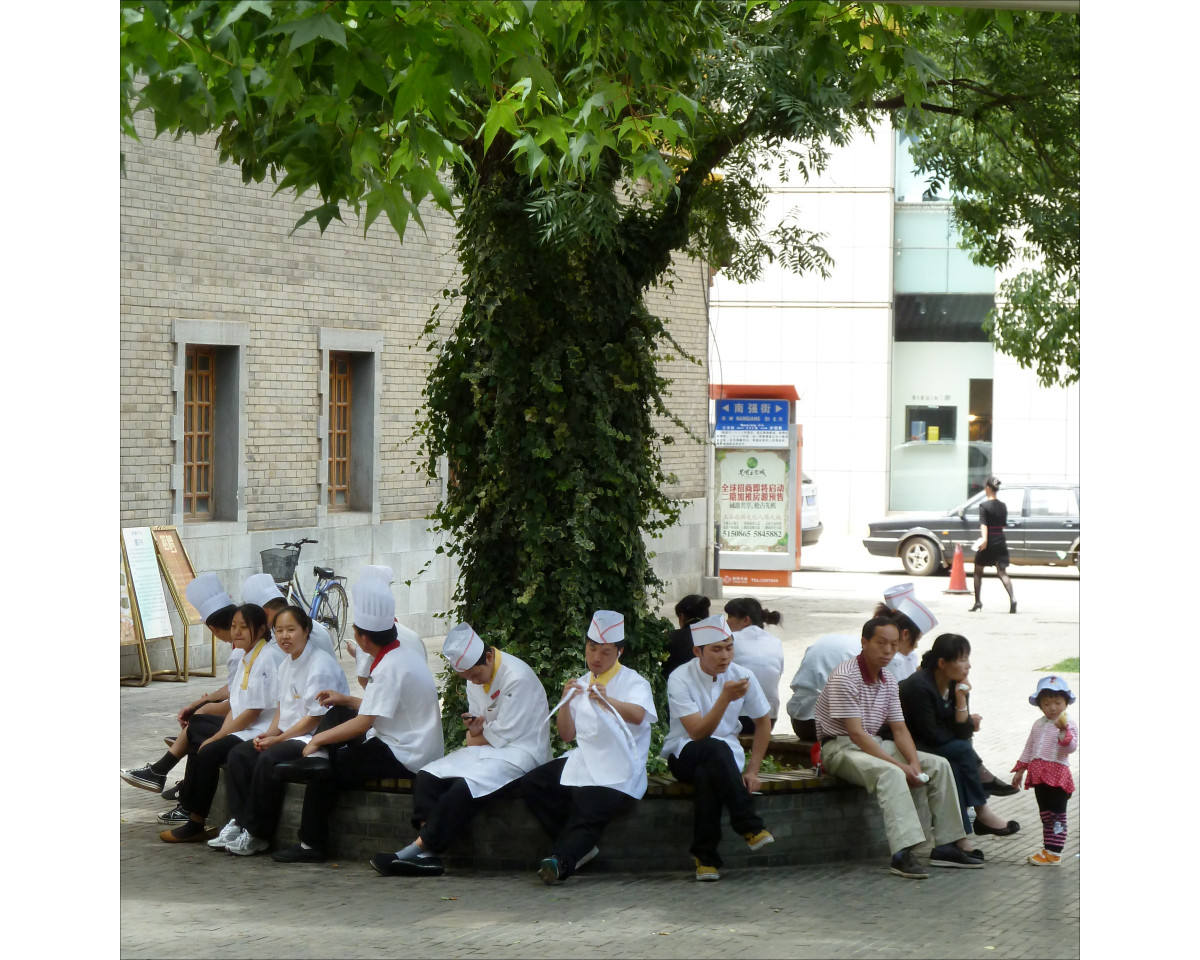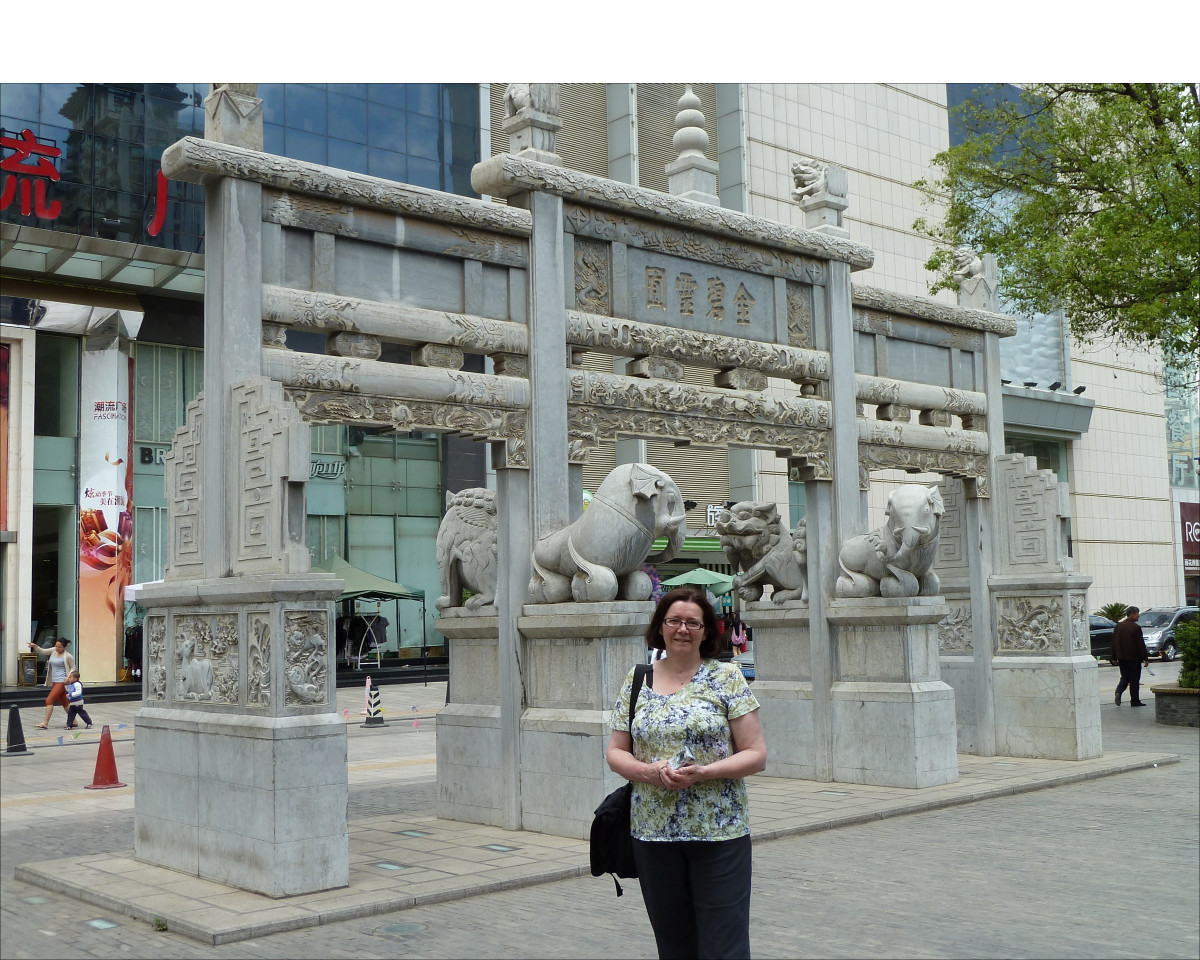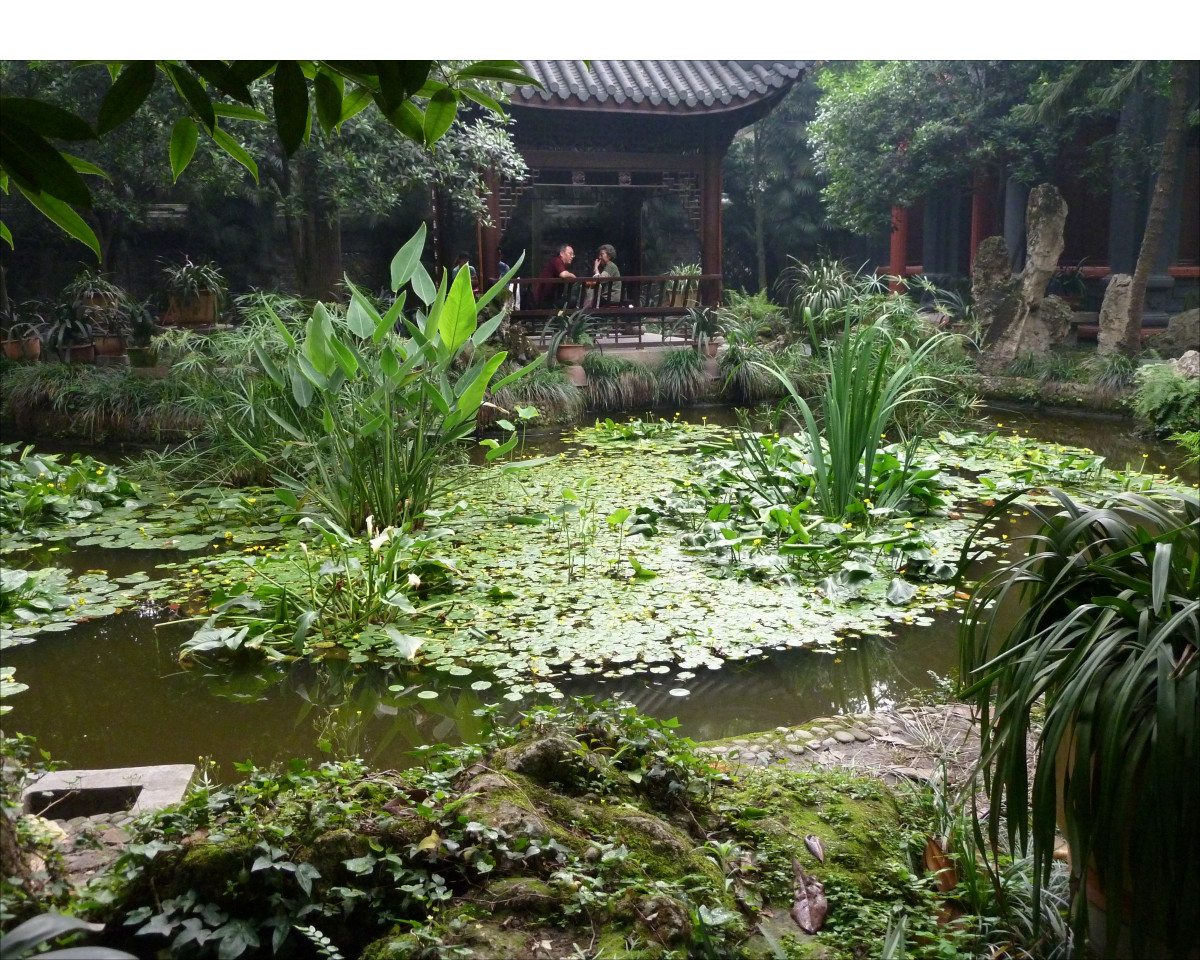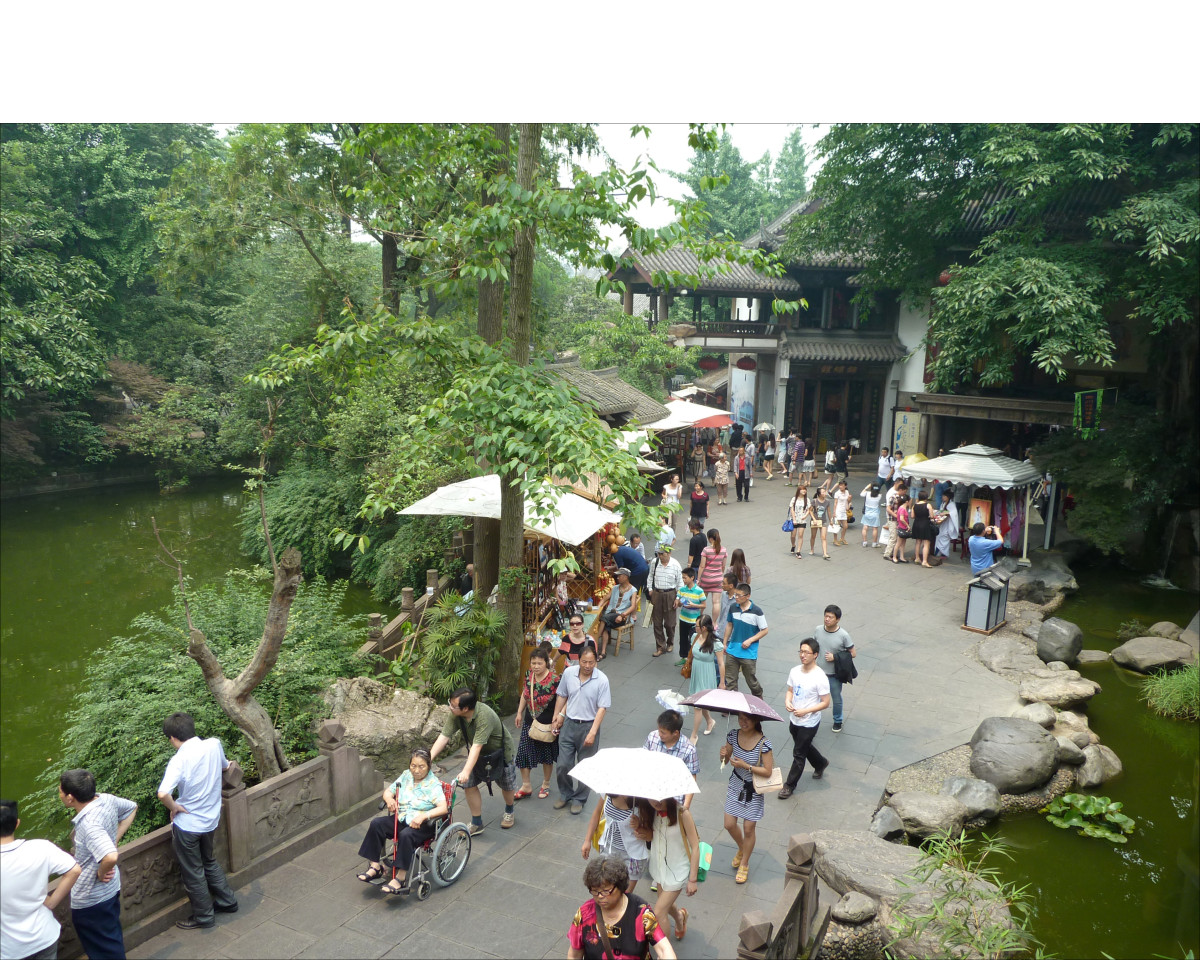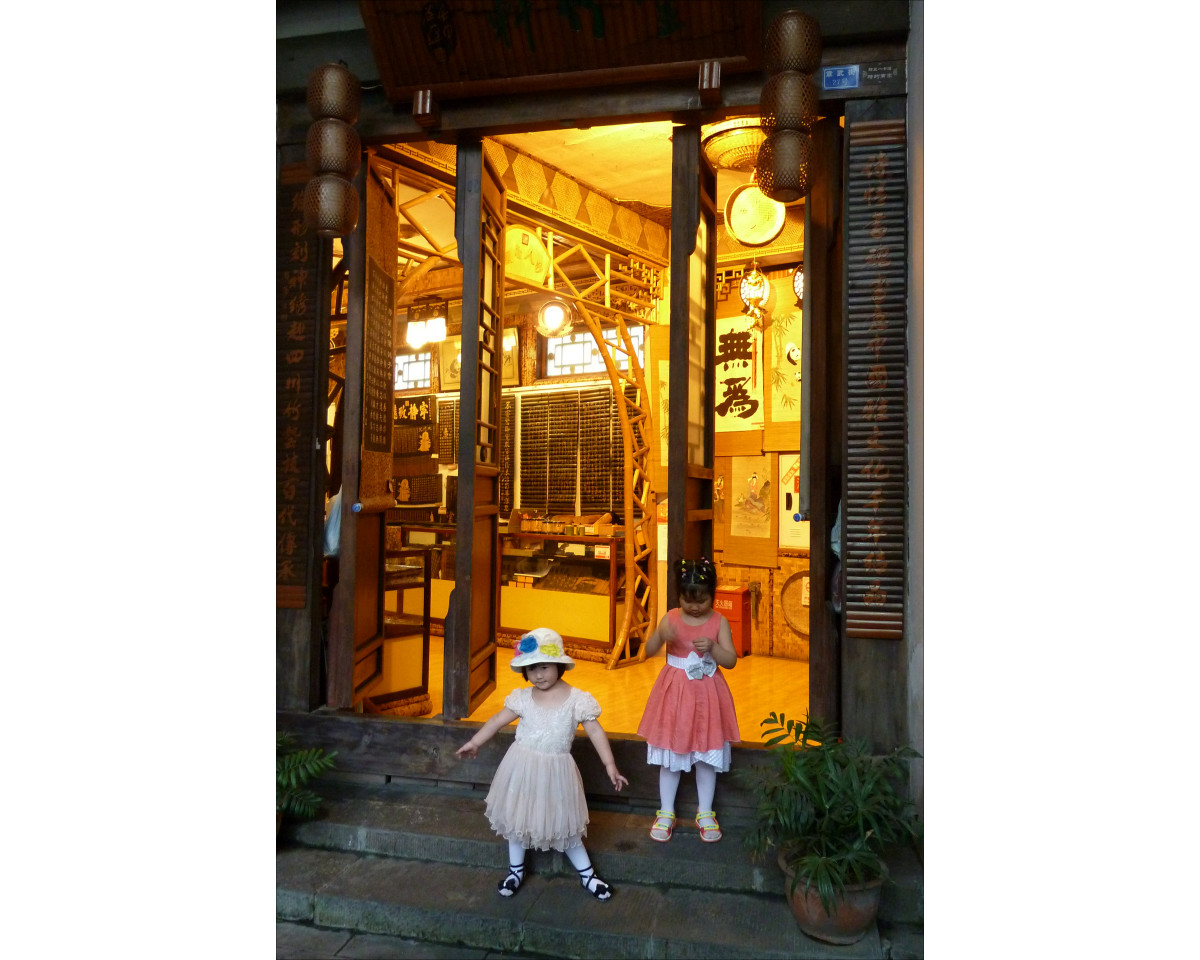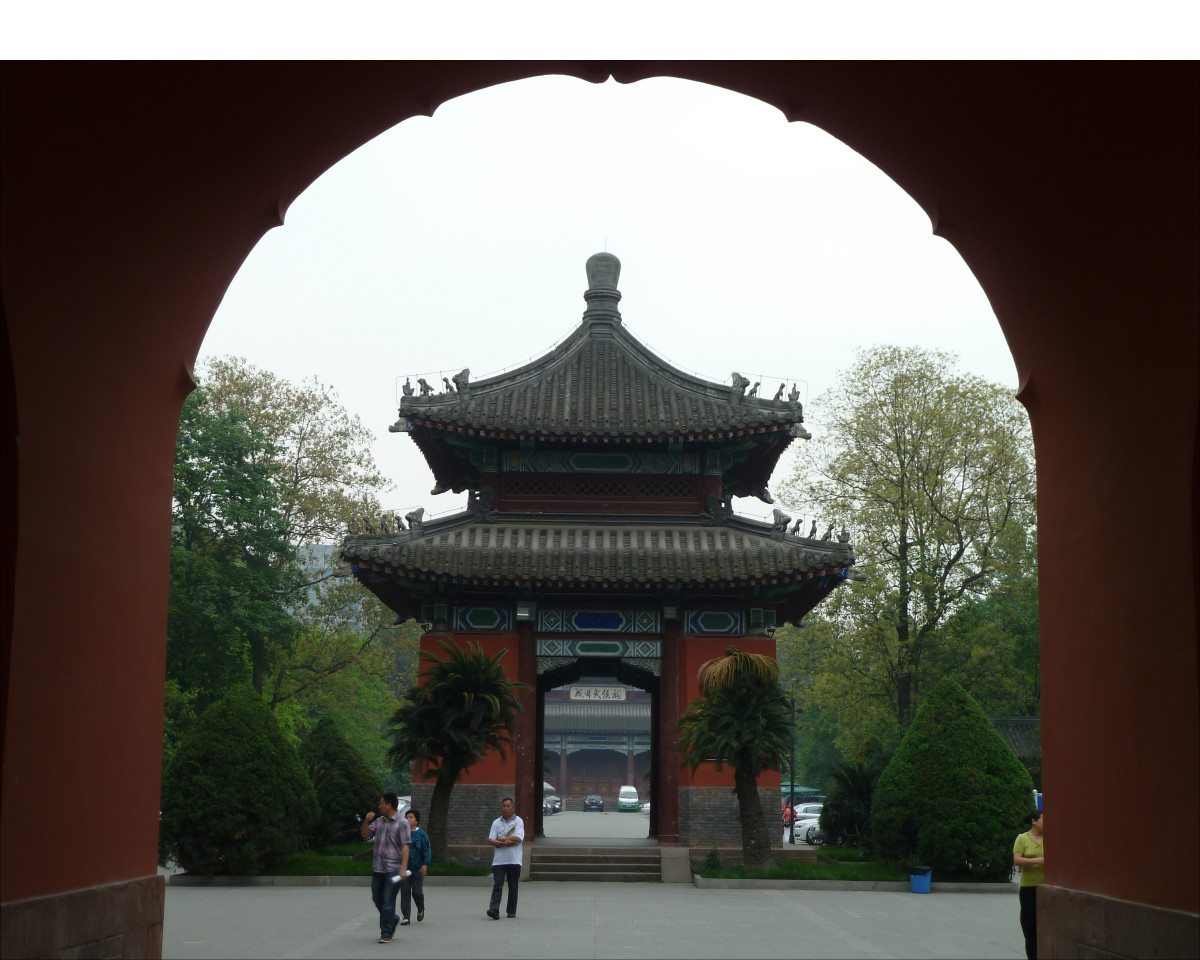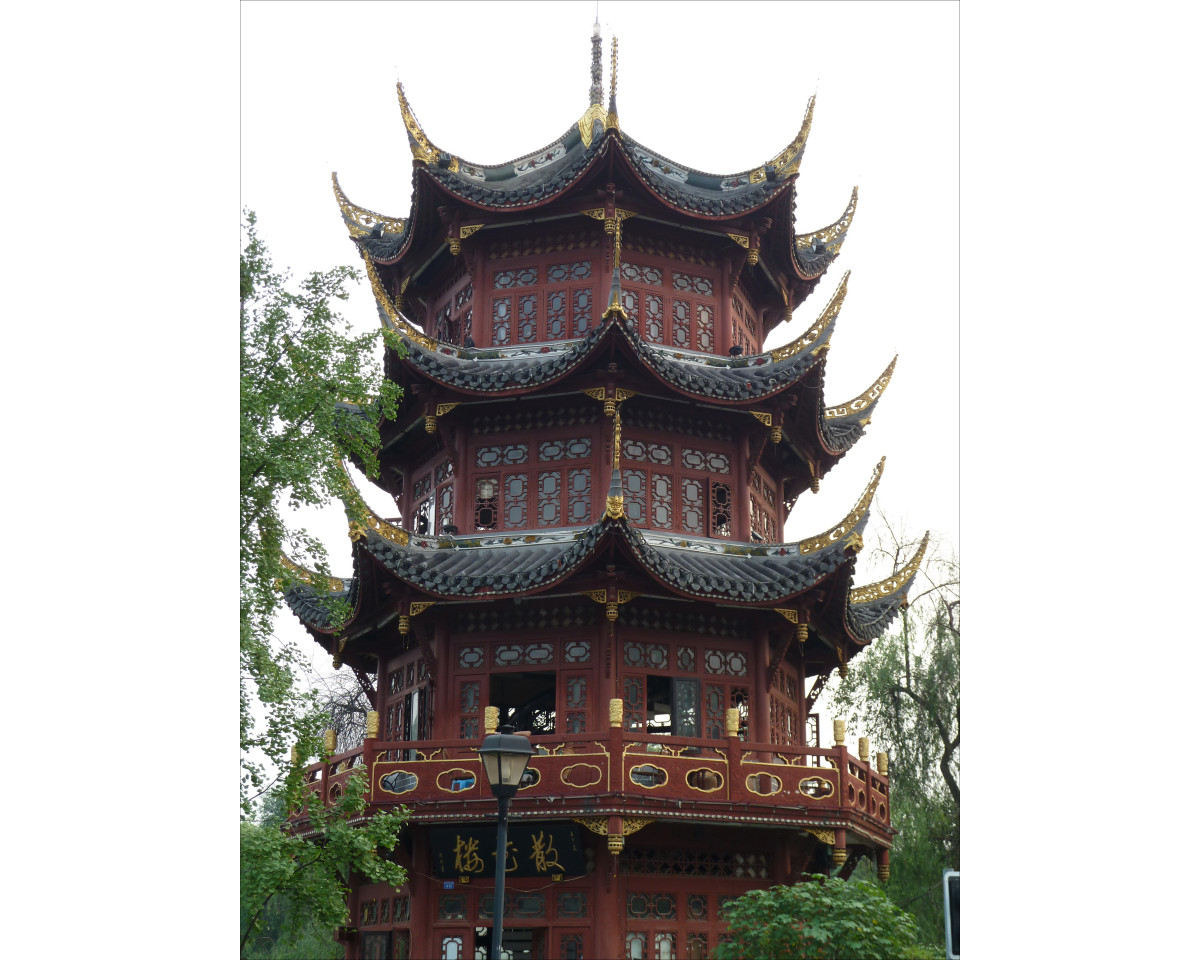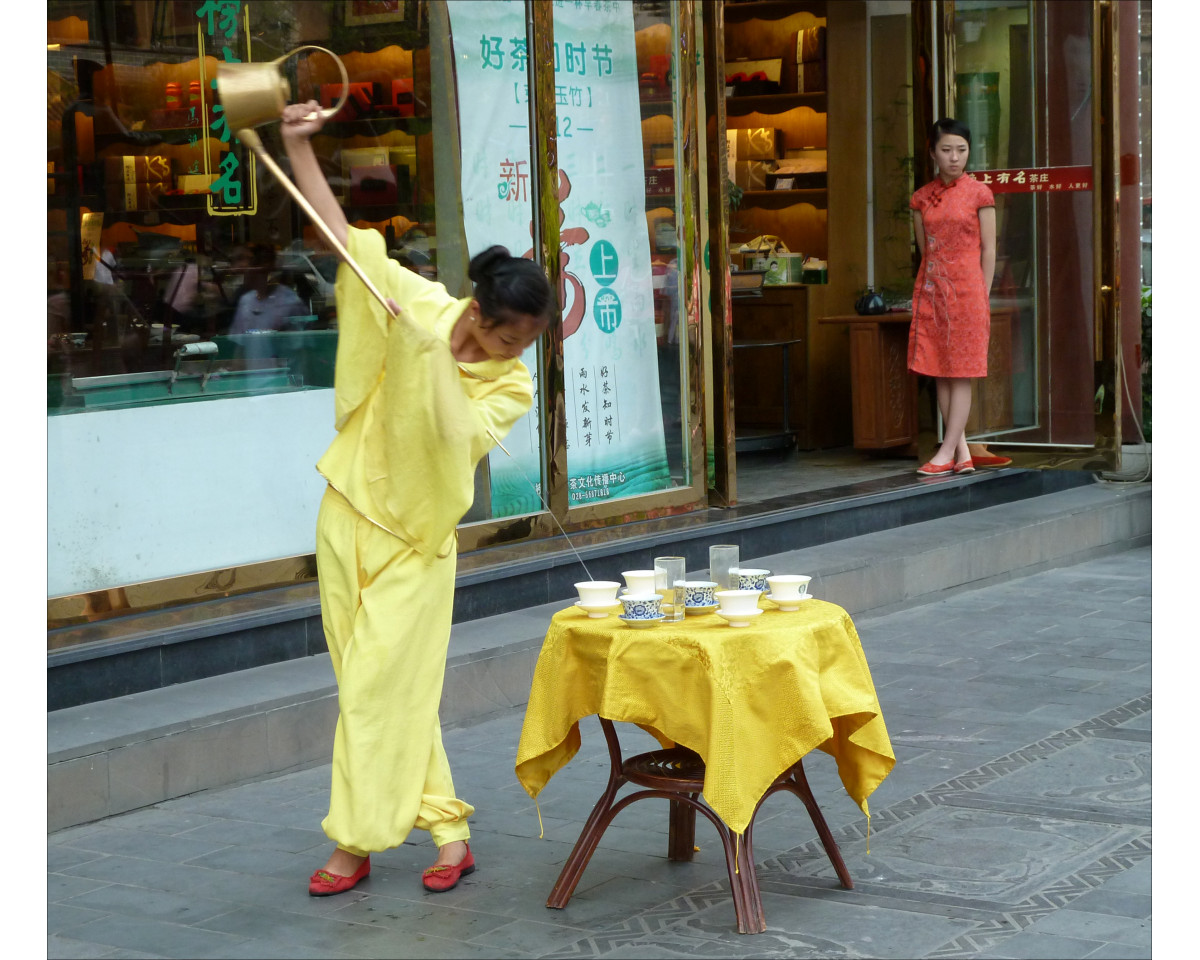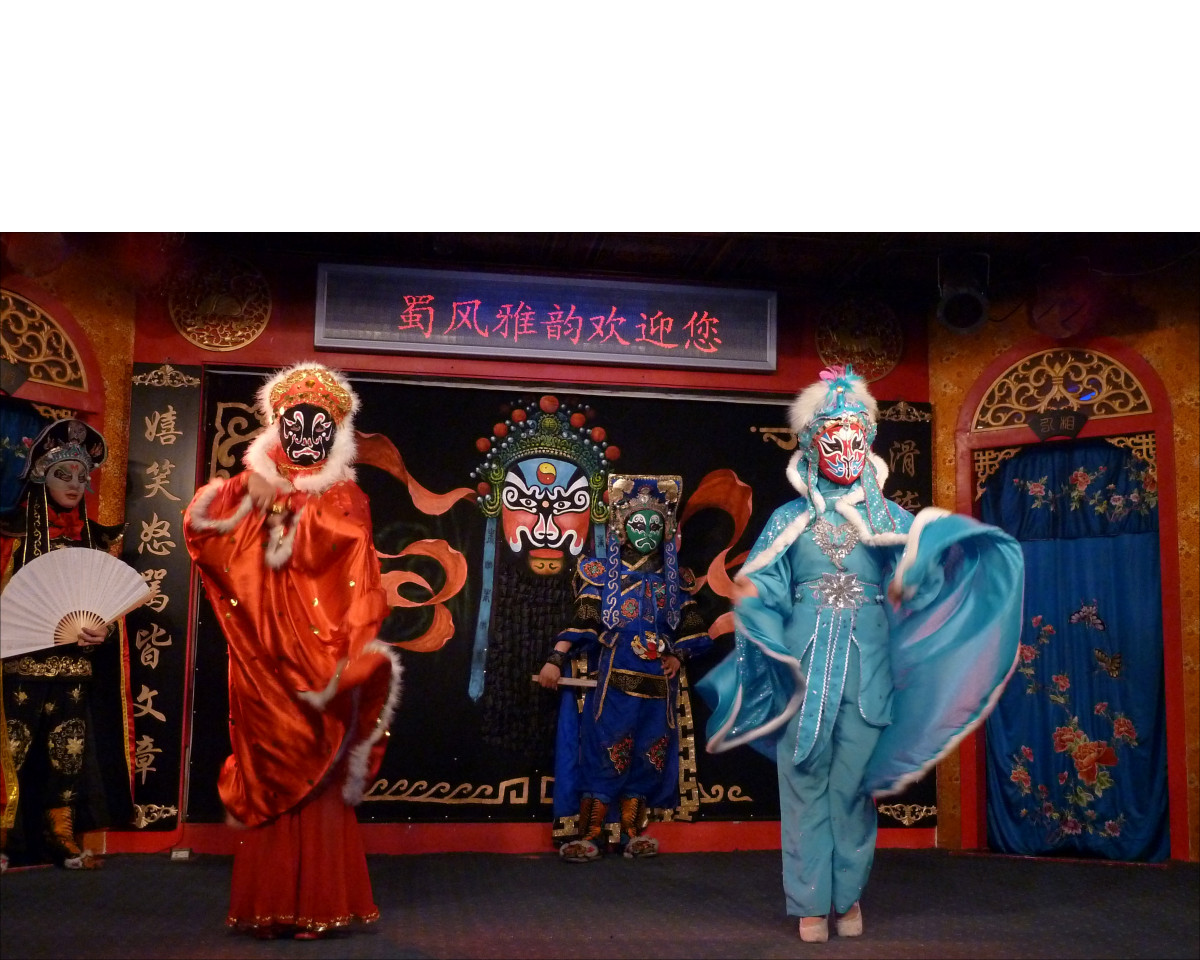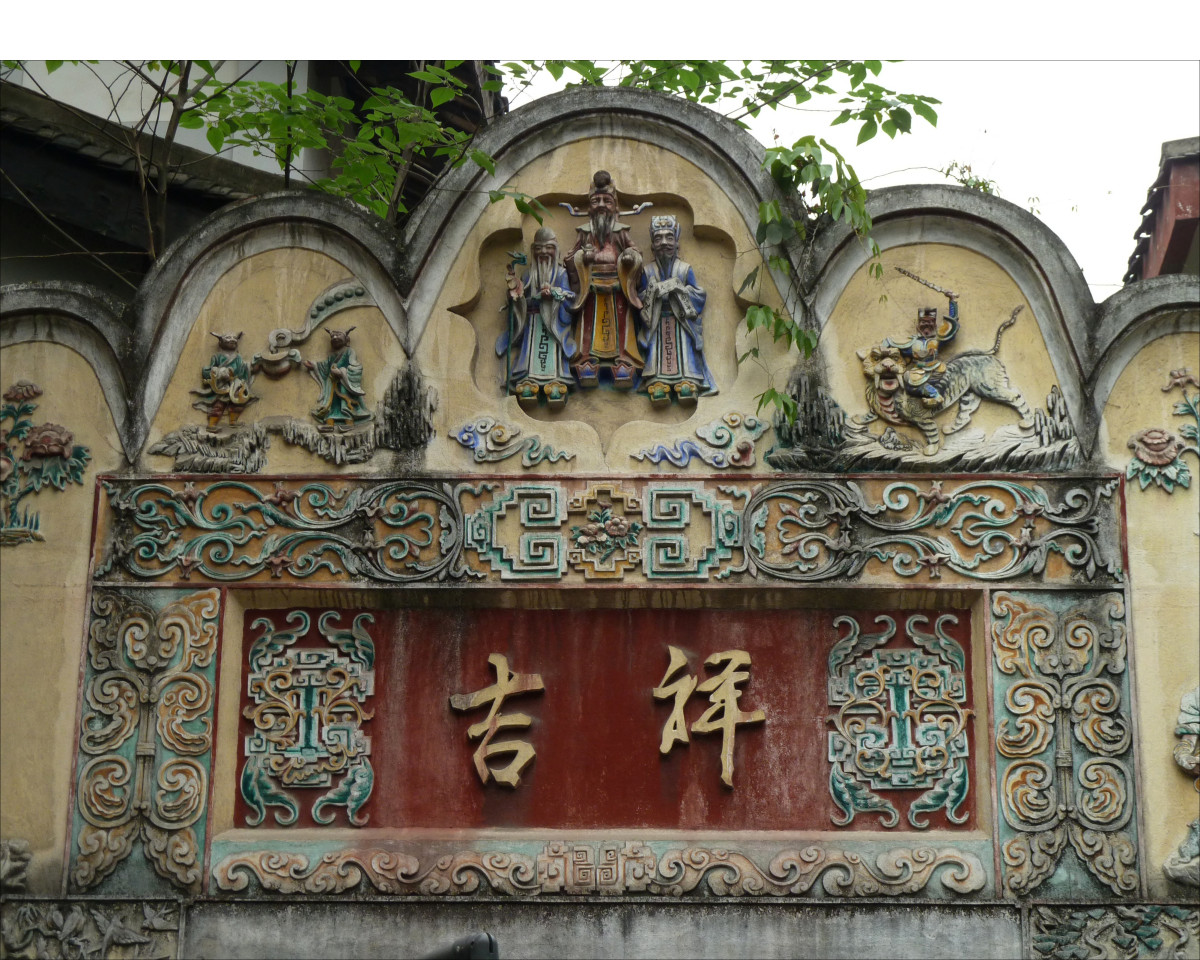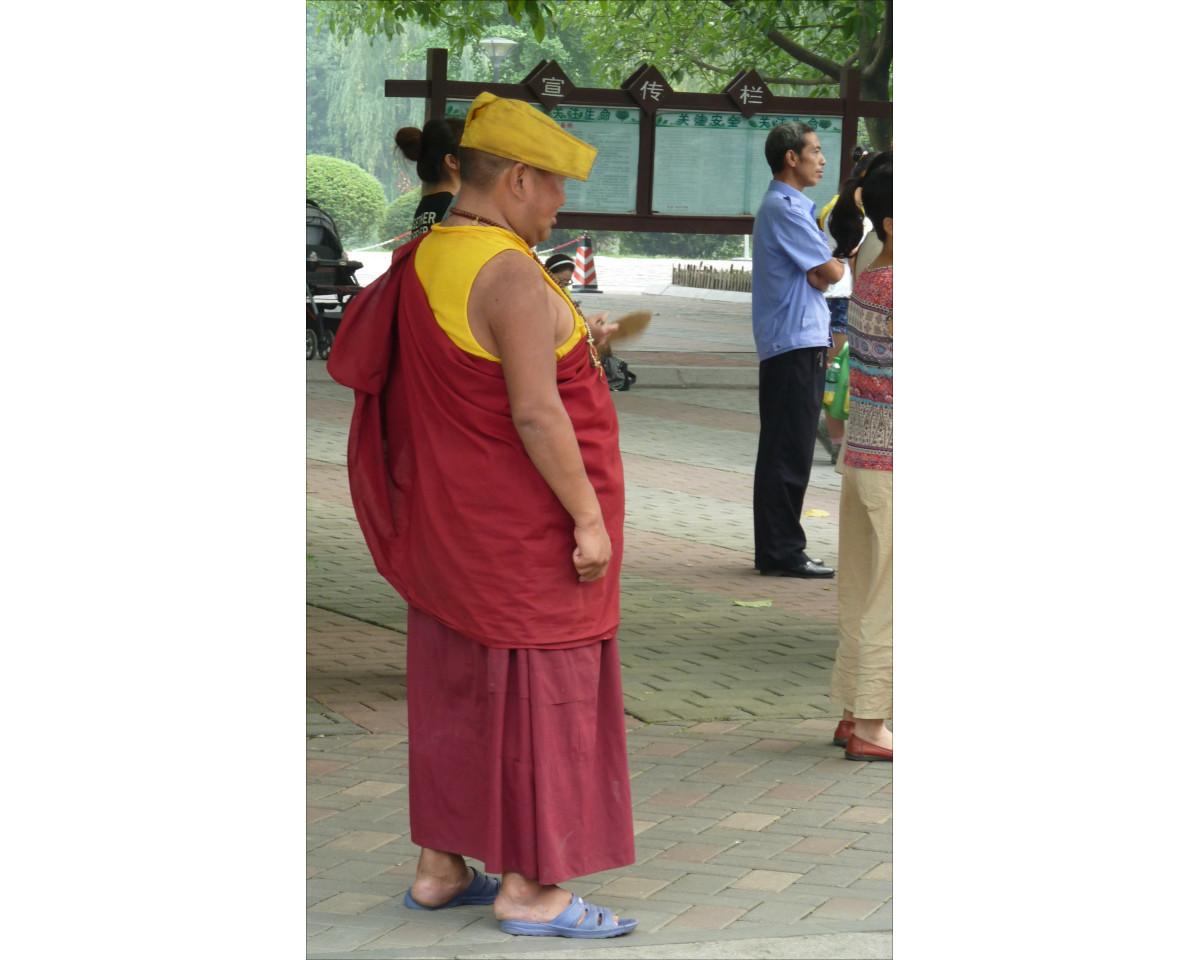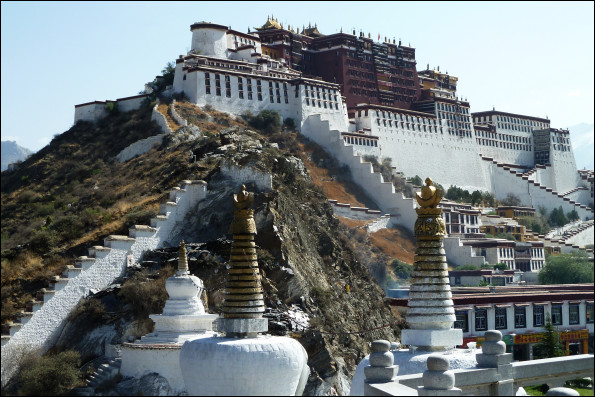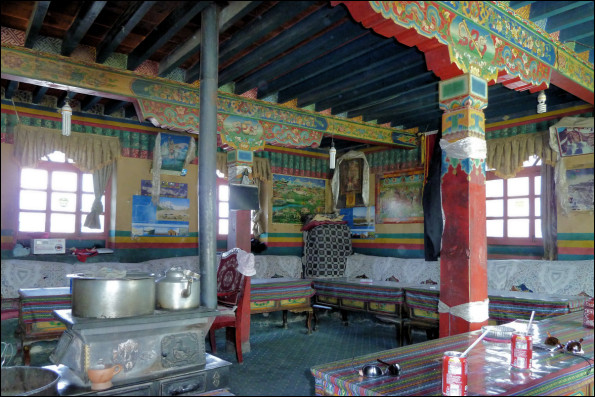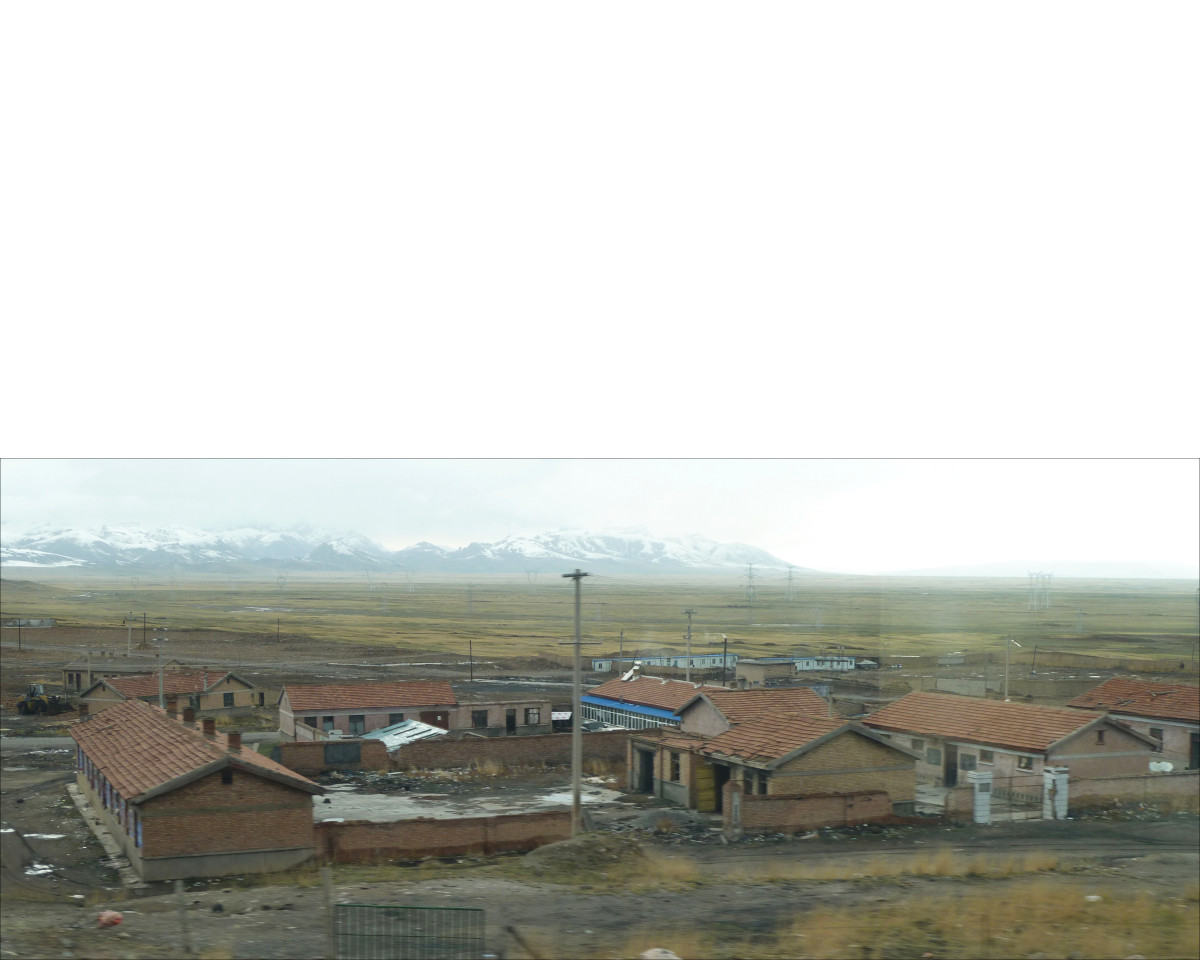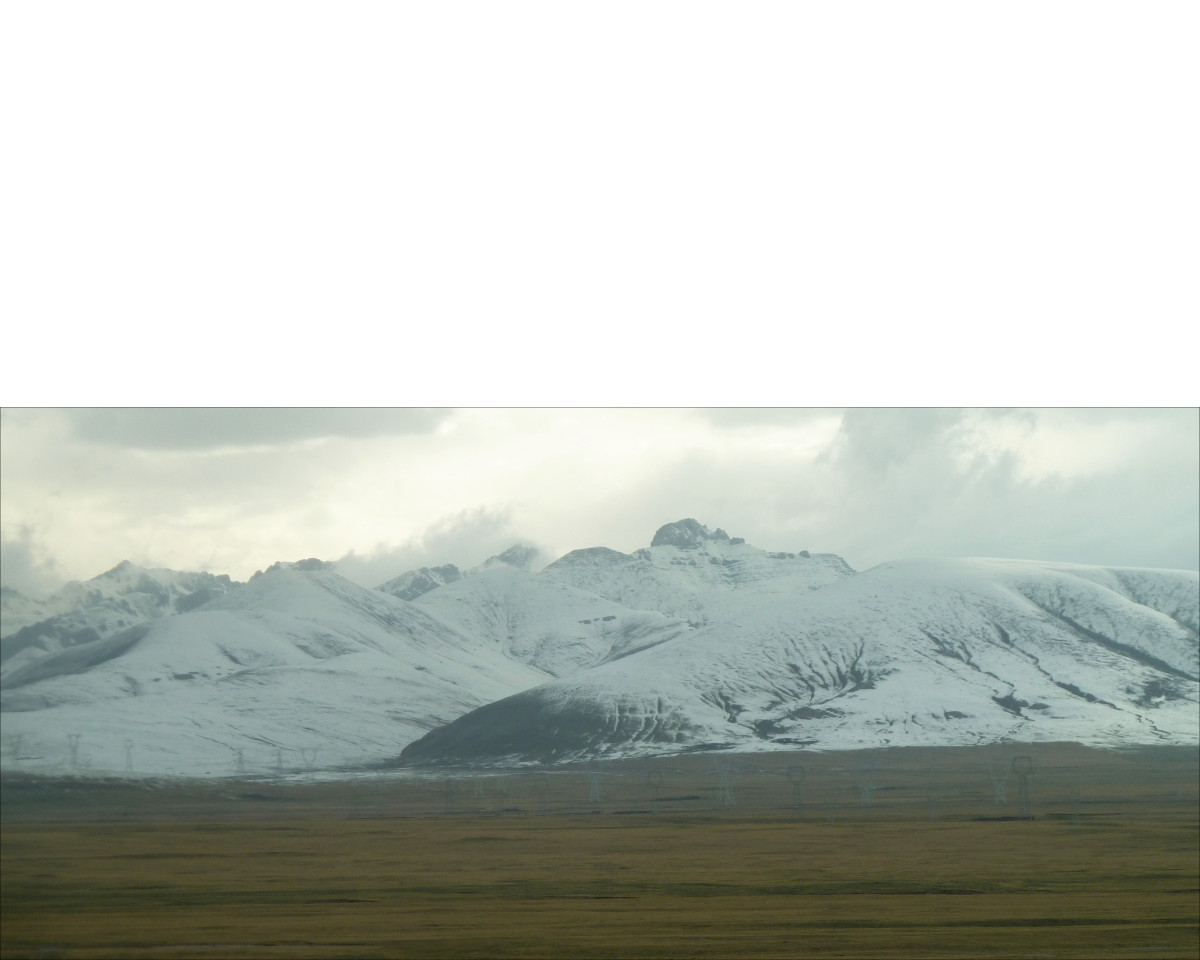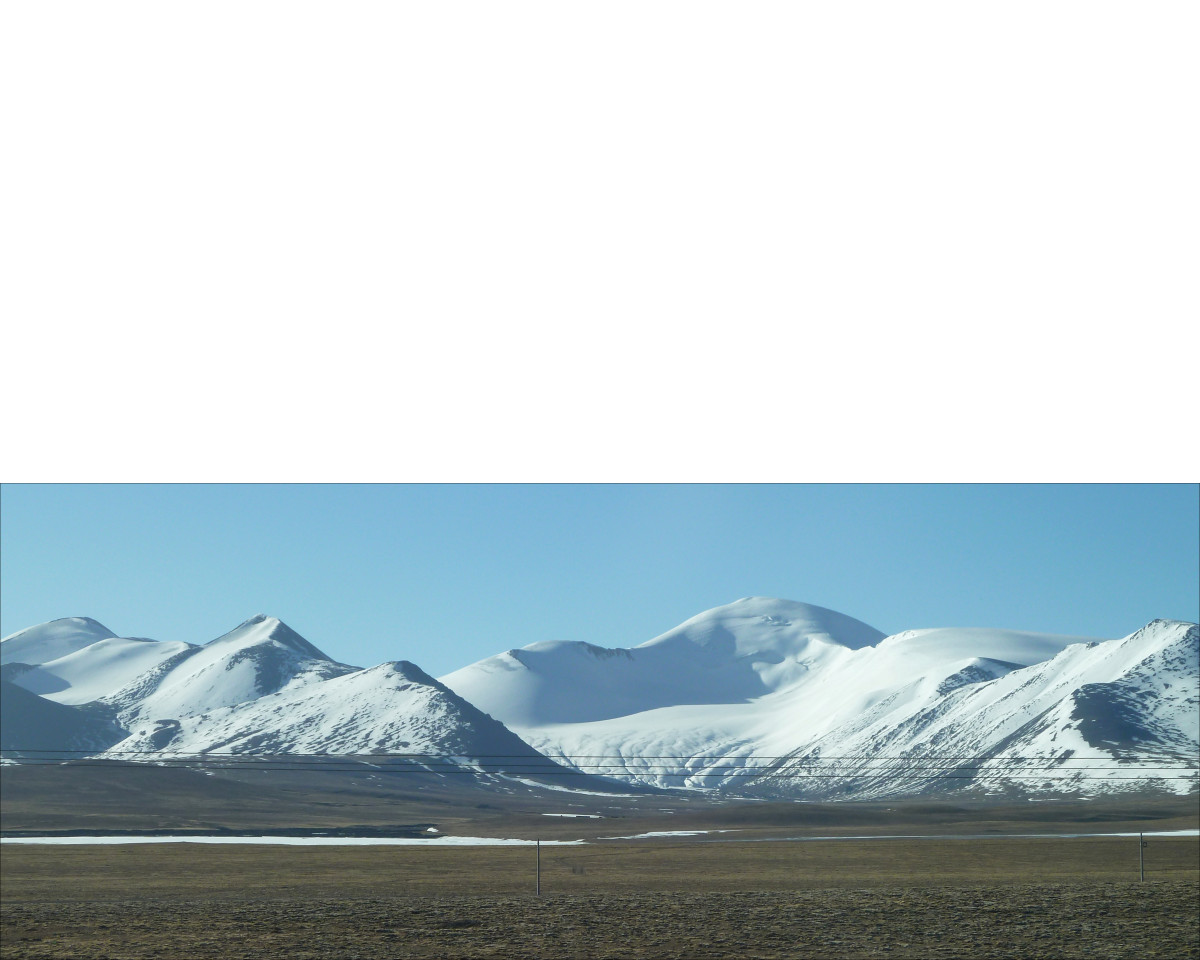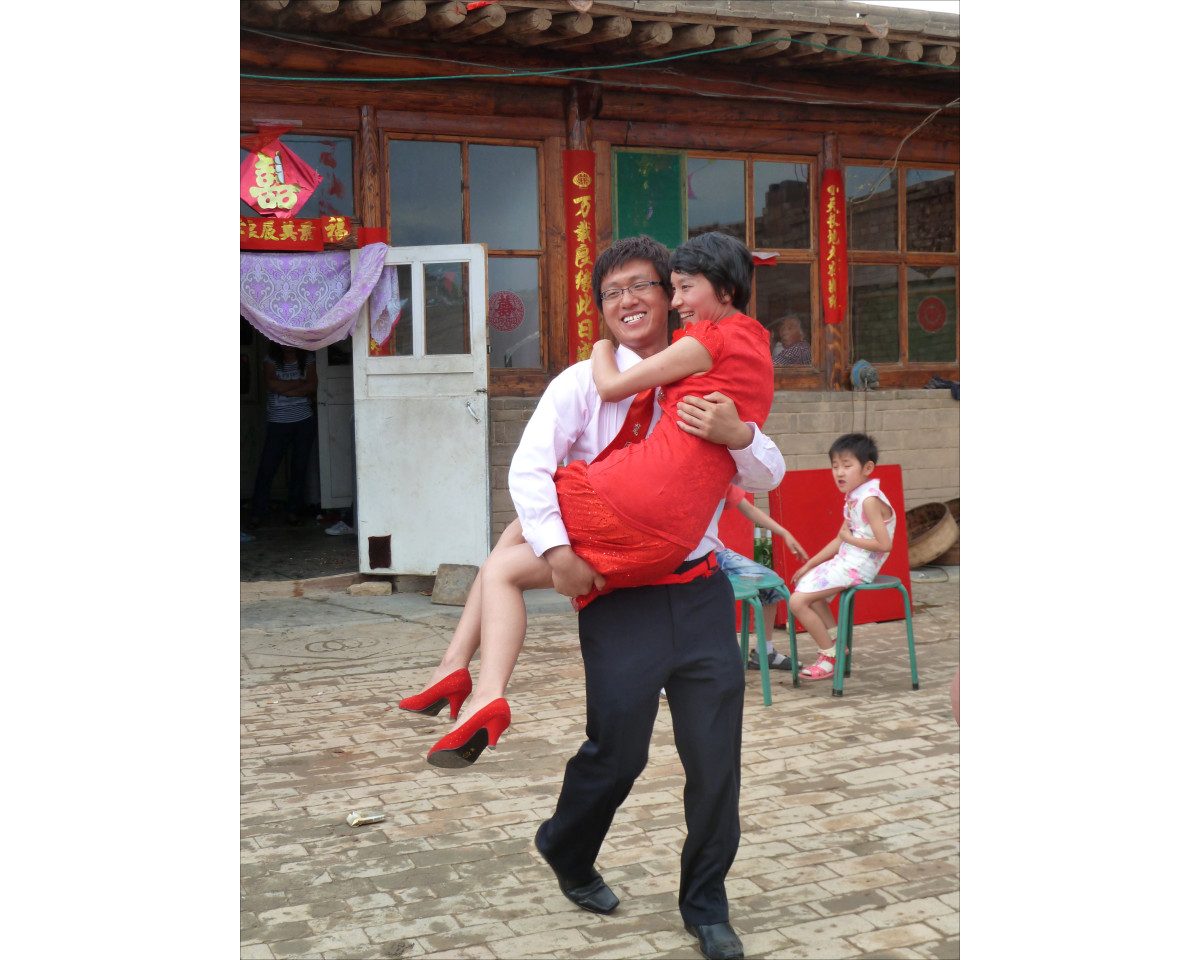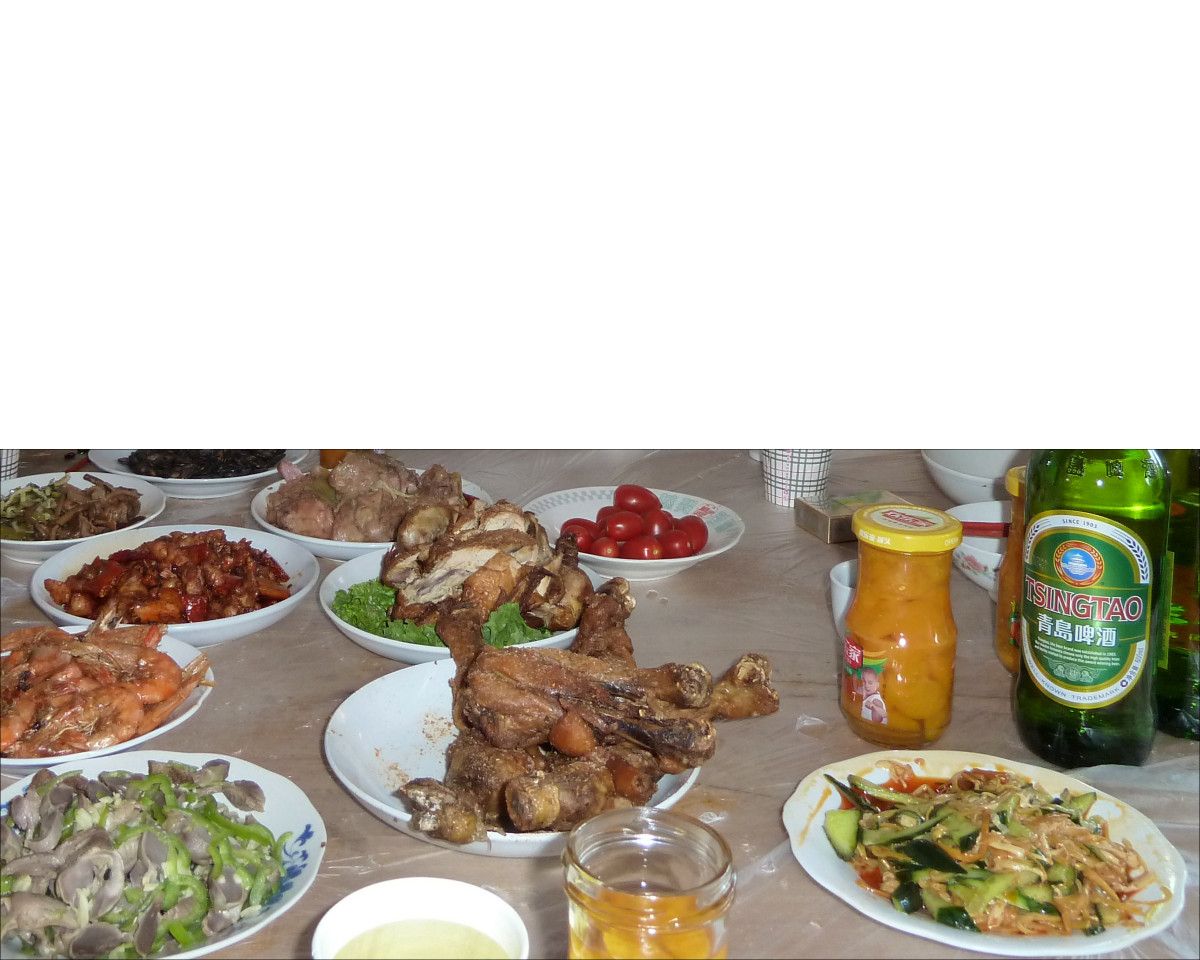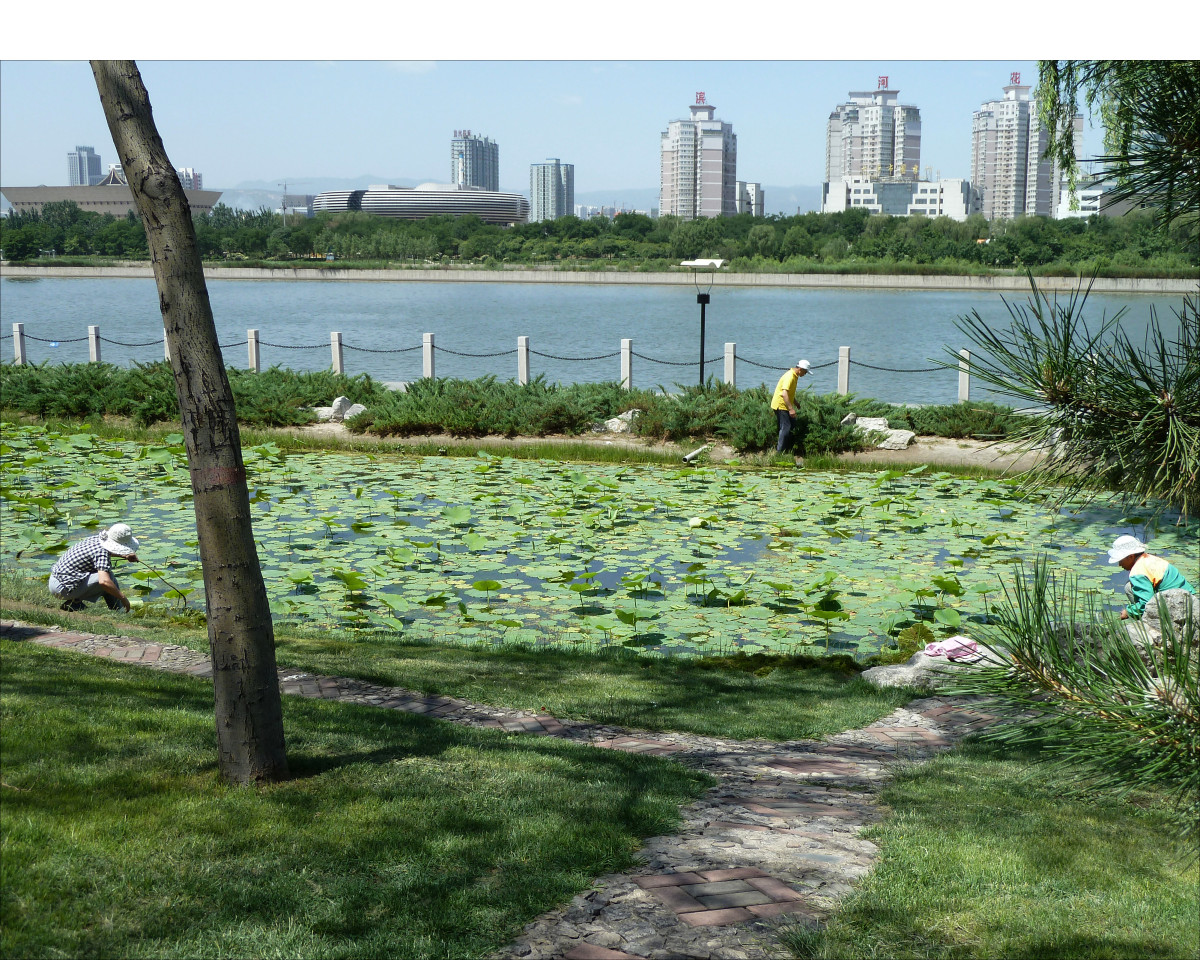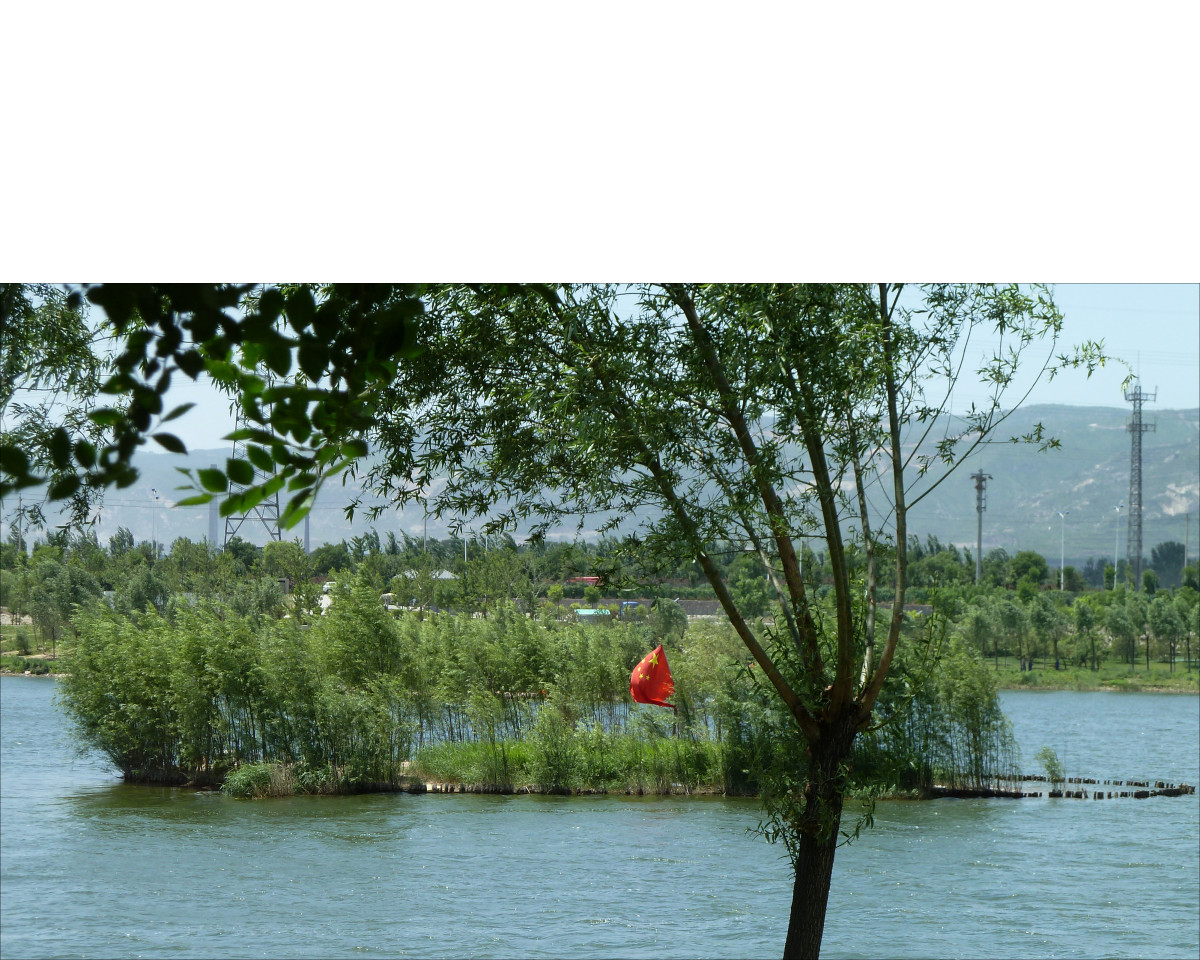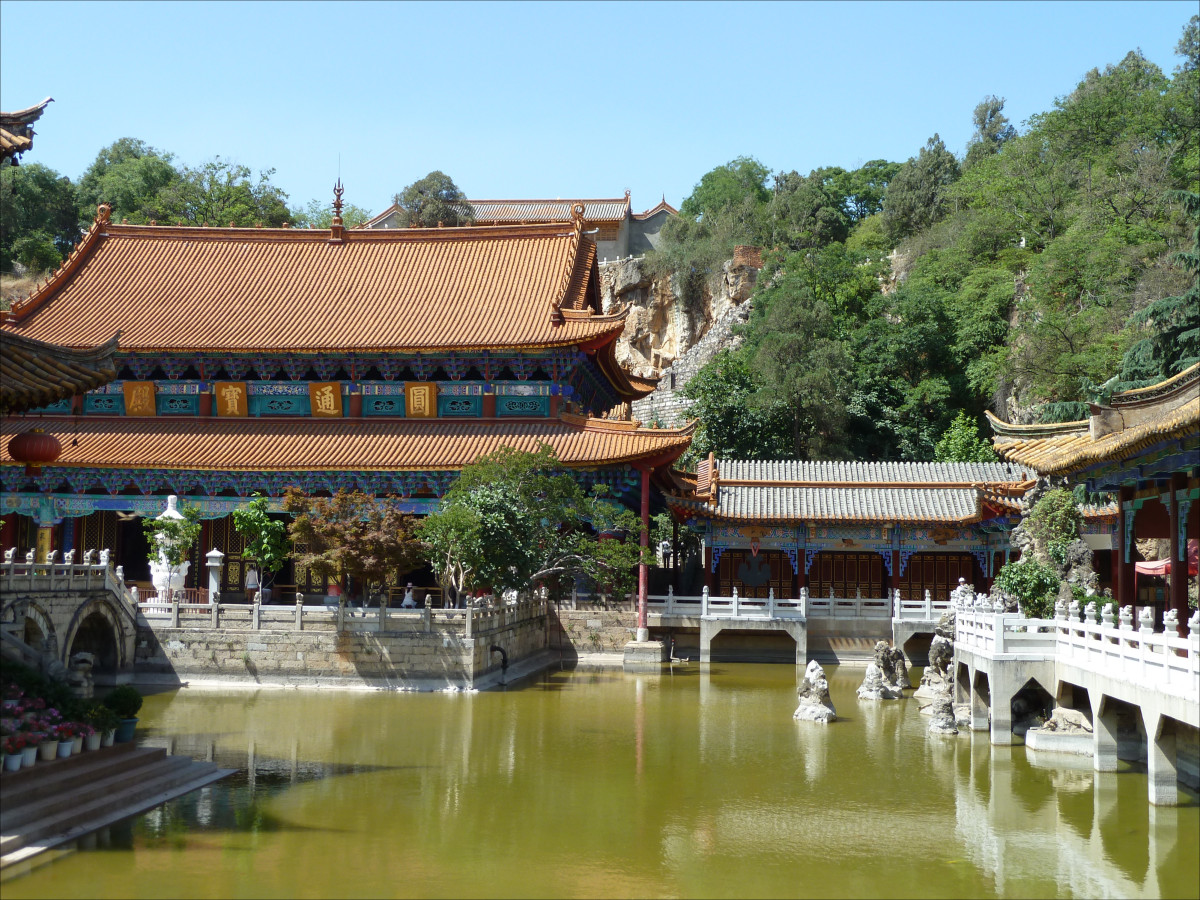
The Journey - 2012
After studying and further exploring Kunming I travelled to Chengdu, well-known for its Panda Base.
I made it to the Tibetan Autonomous Region, but it was not without challenges and overshadowed by an unfortunate event.
My close friends from Victoria got married in a small village in Shanxi province a few days after I came back from Tibet. What a treat to be part of their celebrations and to meet their families and friends!
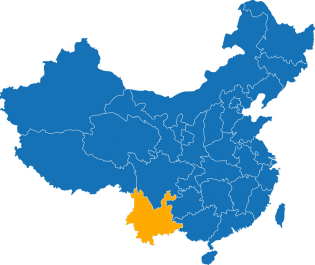
This time I started where I left in 2011 with another two weeks of one-on-one classes at Keats School.
I thought I had been very fortunate with my first teacher Pei Xi, but I bonded with my new teacher Zhaoling just the same way. She, too, only taught at Keats for one year but we are connected on social media and even met a couple of times in person since, last in 2018. Over the years, I had many teachers at different schools – all of them were excellent!
It always surprises me how fast things change in China. At the end of 2010, subway construction started in Kunming, and in 2012 there were quite a few parts of the city that I simply didn't recognize anymore. Whole blocks disappear over night and new high-rises emerge everywhere in the country. Wuhan set a prime example with its construction of two large hospitals in less than two weeks in 2020. Within a few years the national high-speed rail network grew from 0 to 35,000 km.
Internet and cellphone usage, online shopping, and electronic payments are technology examples that have been rapidly adopted by the vast majority of the population.
Habits change just as quickly. One year, I frequently saw office workers on their lunch break send fast-food wrappers flying. Miraculously there was always a sanitation worker with a broom and garbage container right behind them. The next year, a meticulously dressed and made up lady in high heels bent down to pick up a small piece of greasy meat that she had just dropped. And the sanitation workers? They were now sweeping the leaves of thousands of newly planted trees along the streets.
Visited: Green Lake Park – Yuantong Temple – Confucius Temple - Zhenqingguan Taoist Temple

My teacher and friend Zhaoling and the vocab cards from previous lessons. In case you are wondering about the three characters on the whiteboard. They are all pronounced exactly the same way jié. 洁 = clean, 杰 = outstanding, 捷 victorious; fast, quick. Homophones like these are just one example of the typical challenges learning Mandarin.
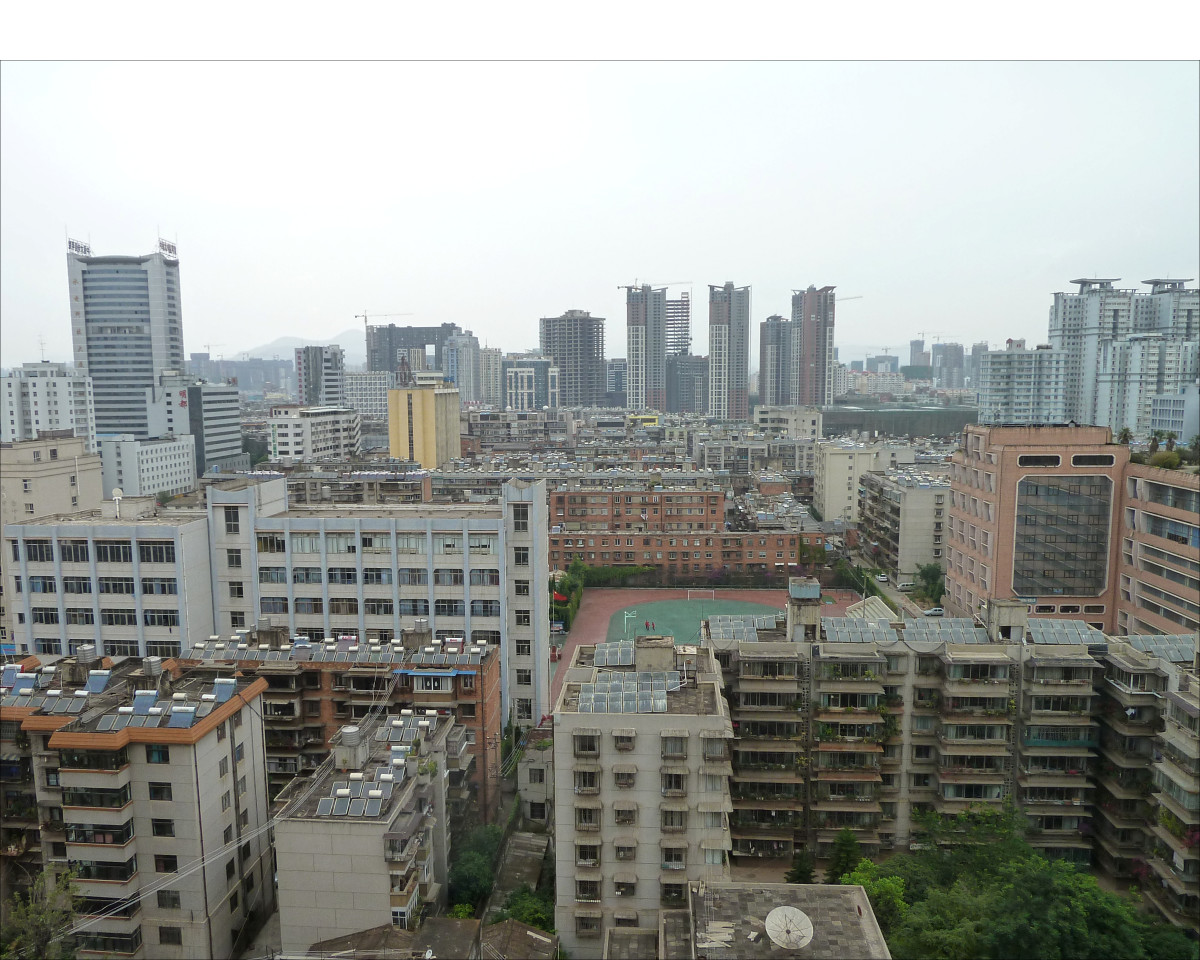
View from the classroom window. Notice the solar panels everywhere? They are providing the hot water to the apartments.
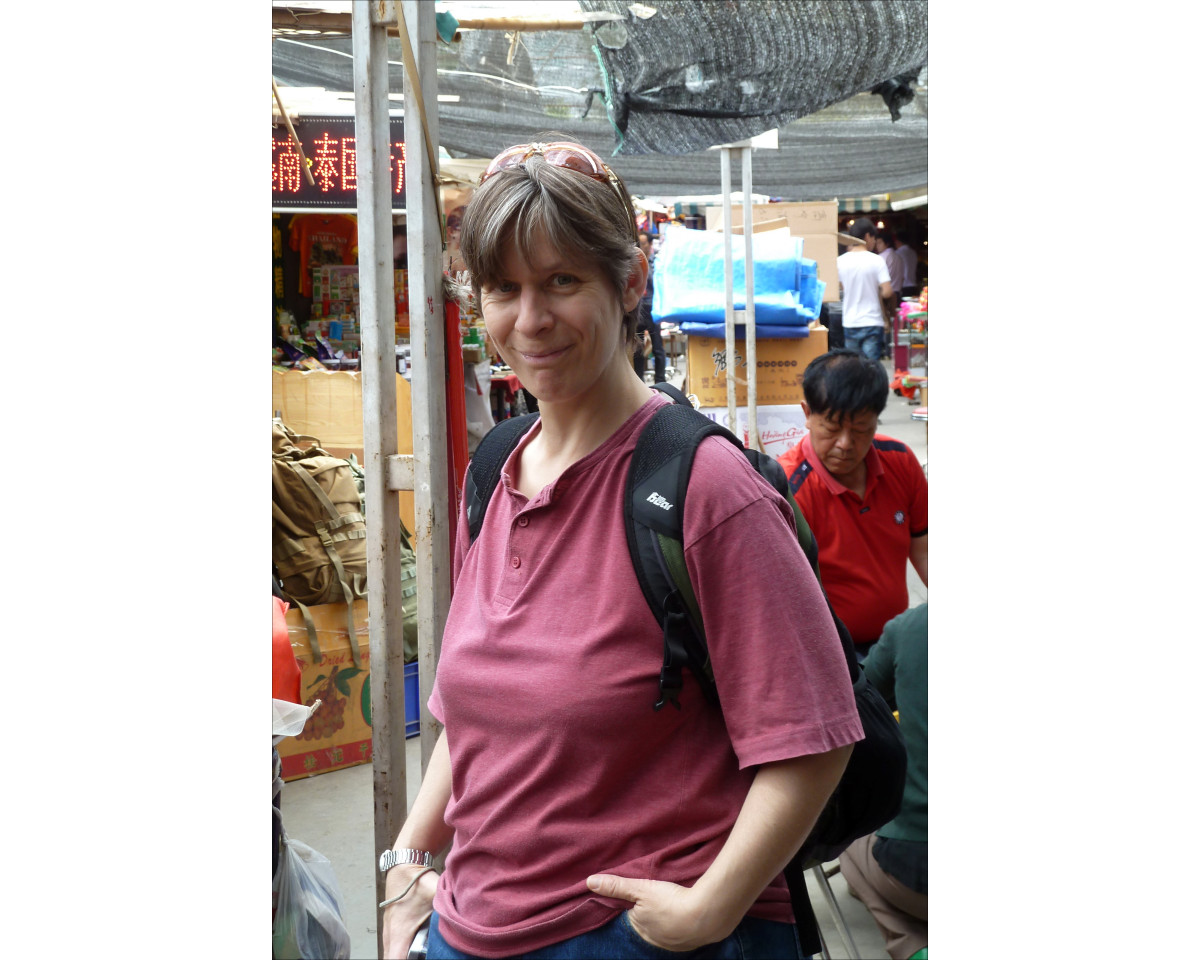
Lucia and I would often venture out together. She is from Switzerland and a language genius: Swiss German, German, Italian, English, French and then tackling Chinese! We never lost touch.
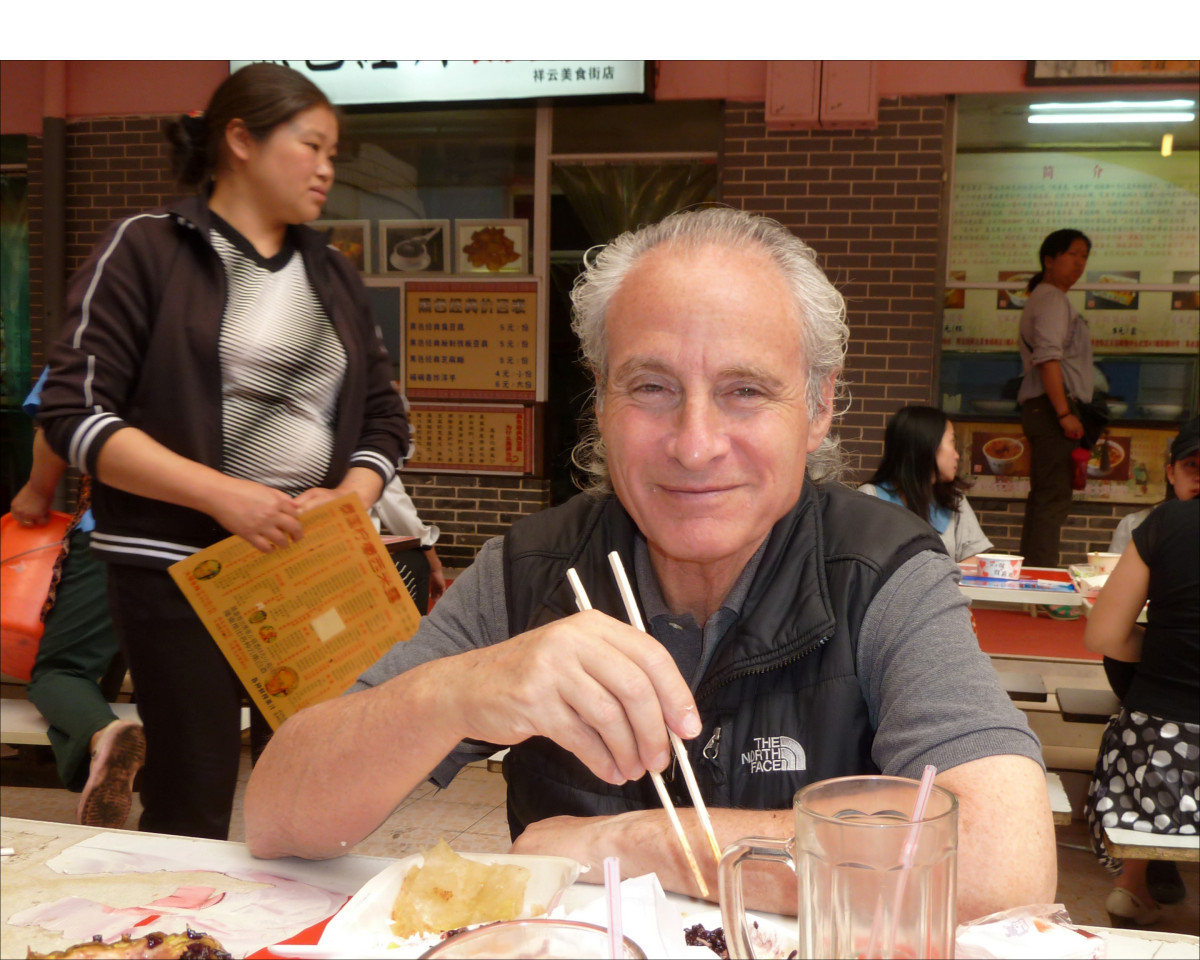
Sometimes Bob would join us. He is an author, former IT specialist, and travel enthusiast. Back then, he was working on his first novel. We reconnected a few days ago and now it's time to read his second book!
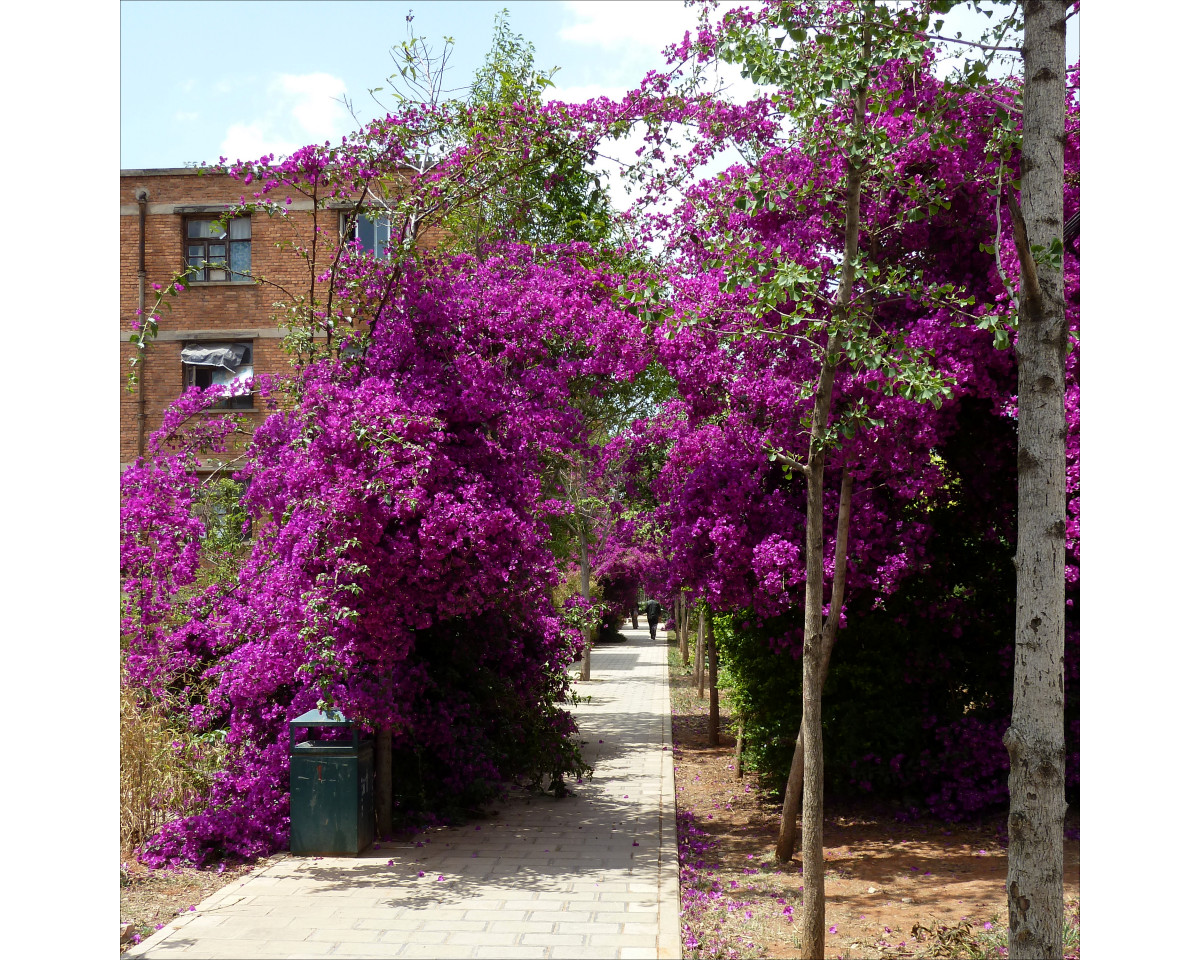
One day I noticed a little pathway arched by these bright purple flowers that can be found everywhere and just followed it.
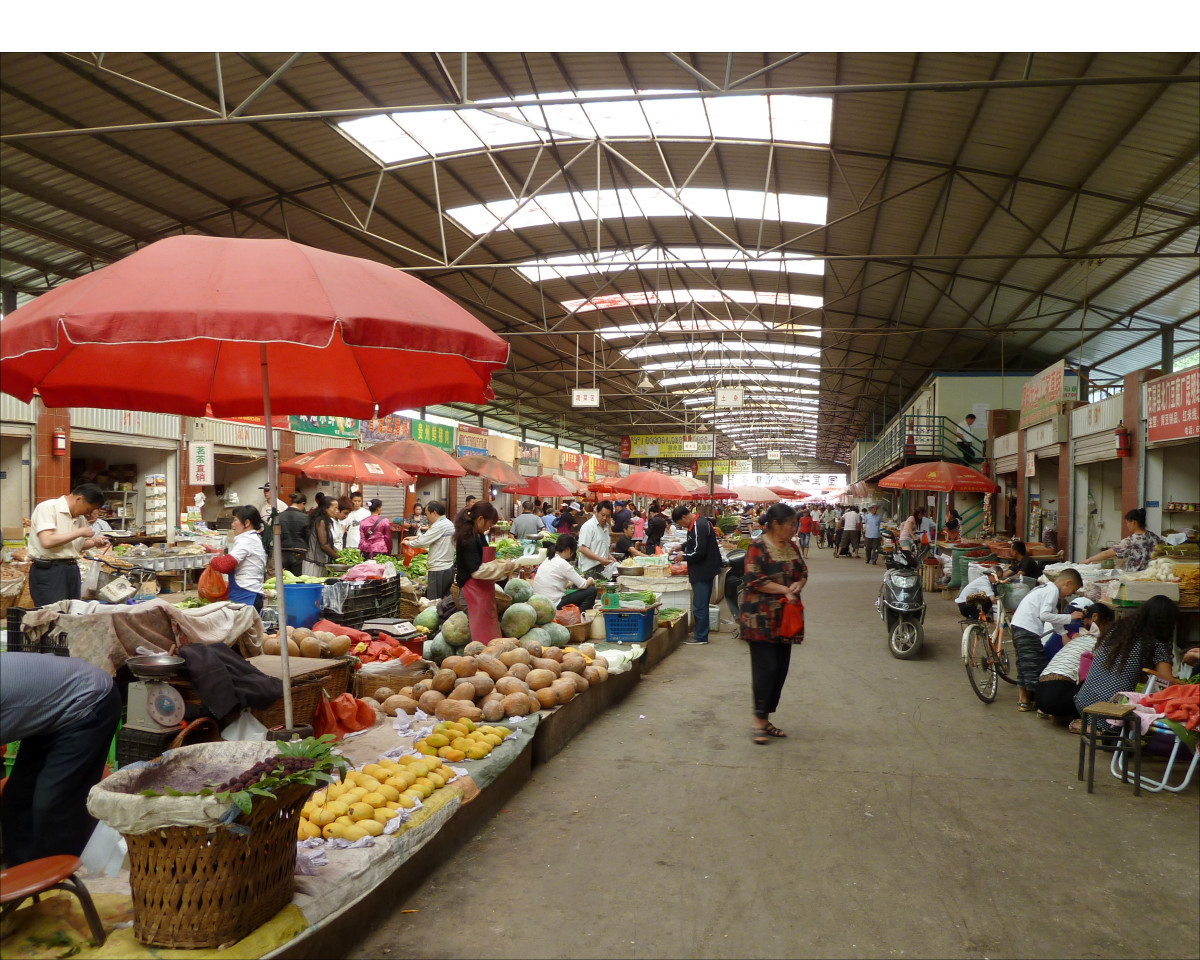
It led to two huge market halls selling vegetables, fruit, meat, live poultry, and much more. On the sides where little stalls where you could get fresh baked goods and other prepared food items. This place would soon become one of my regular destinations. Neither pathway nor market exist anymore, the whole area was under new construction in 2018.

Old and restored. How much longer will these old buildings be there? The corner one looks like a keeper.

I never expected to find this building again in 2018, but it was still there. Almost unchanged. It just doesn't house the TCM doctor's office anymore.
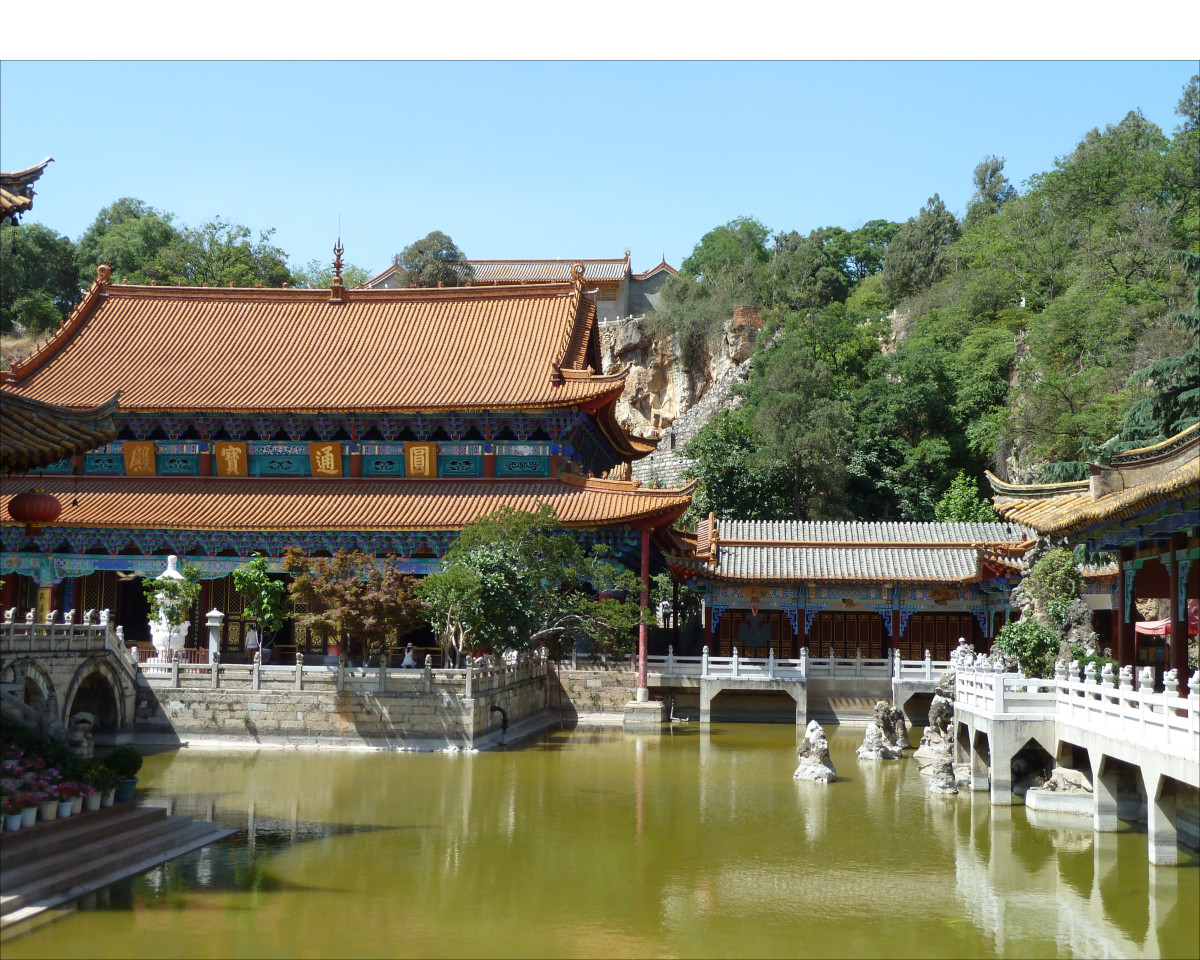
The Buddhist Yuantong Temple was established more than 1200 years ago, burned down, was rebuilt, and carefully restored and extended over the last few centuries.

Live folk music and dancing in traditional outfits or casual clothing - a common sight at Green Lake Park, in particular on the weekends.
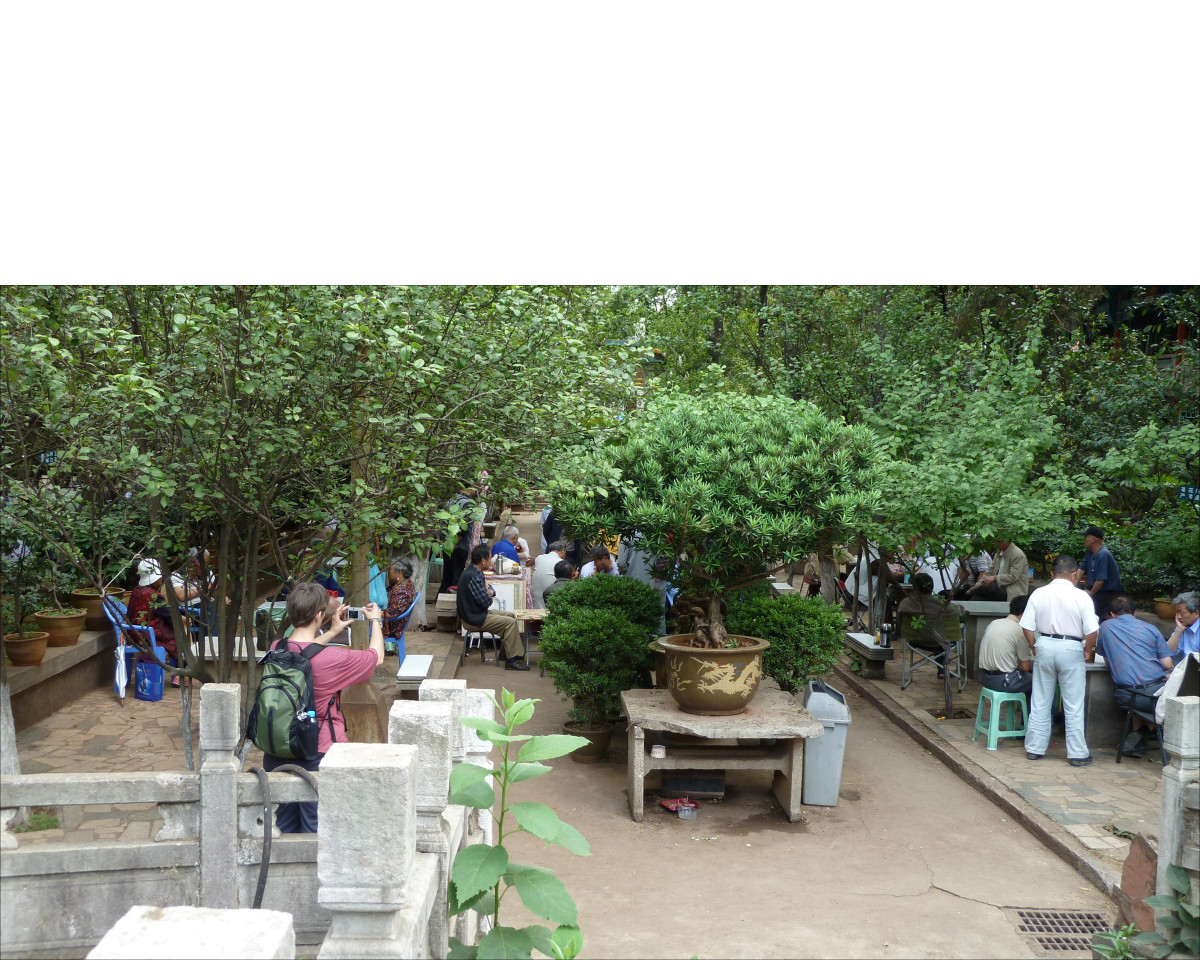
It truly is a gathering point for mostly older locals. Lucia – much braver with her camera than me – was capturing the moment and often stopped at a mahjong table watching the players. I never learned the rules so it's all just "tiles" to me.
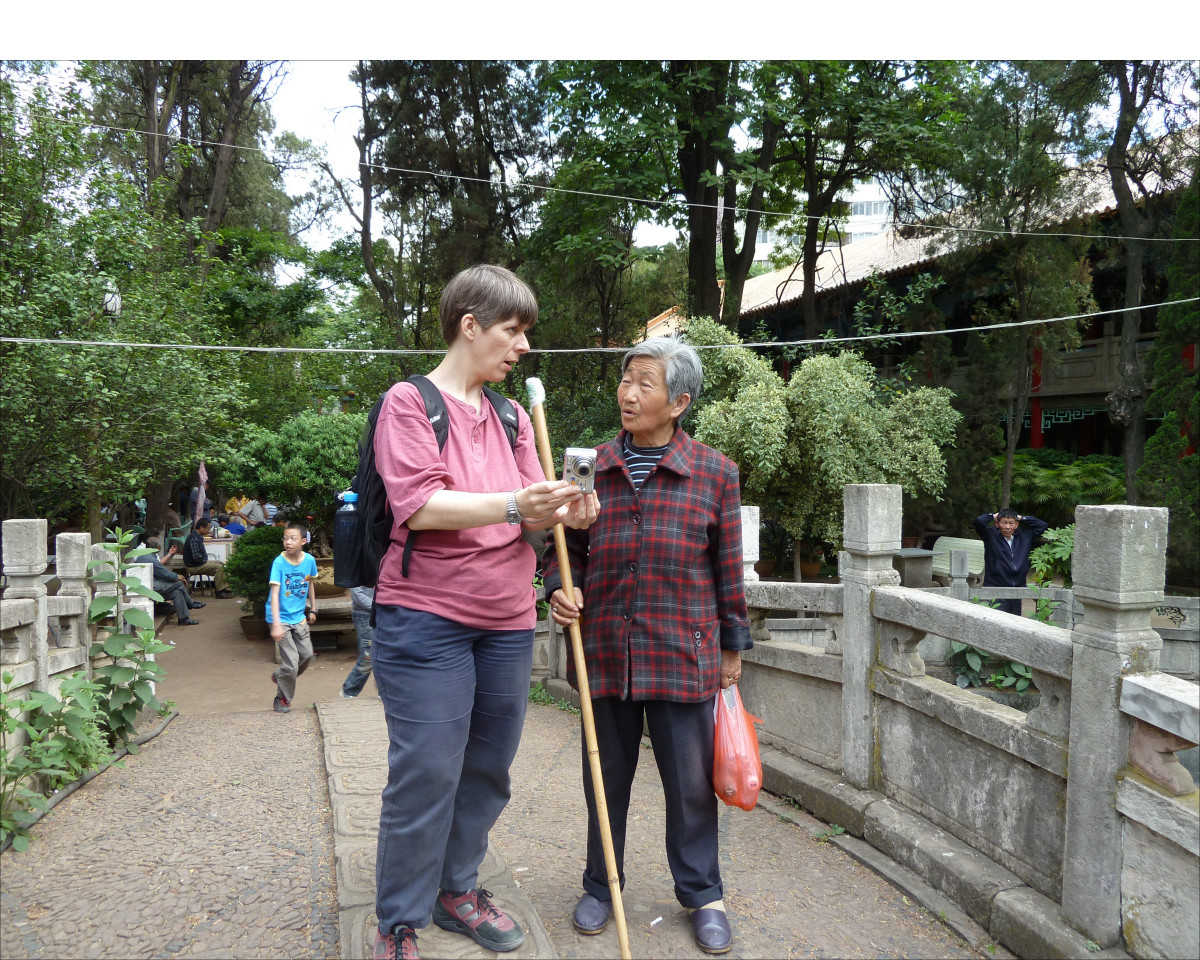
We'll probably never forget this moment with the old lady. She was trying so hard to tell us something, but we simply couldn't make out what it was.
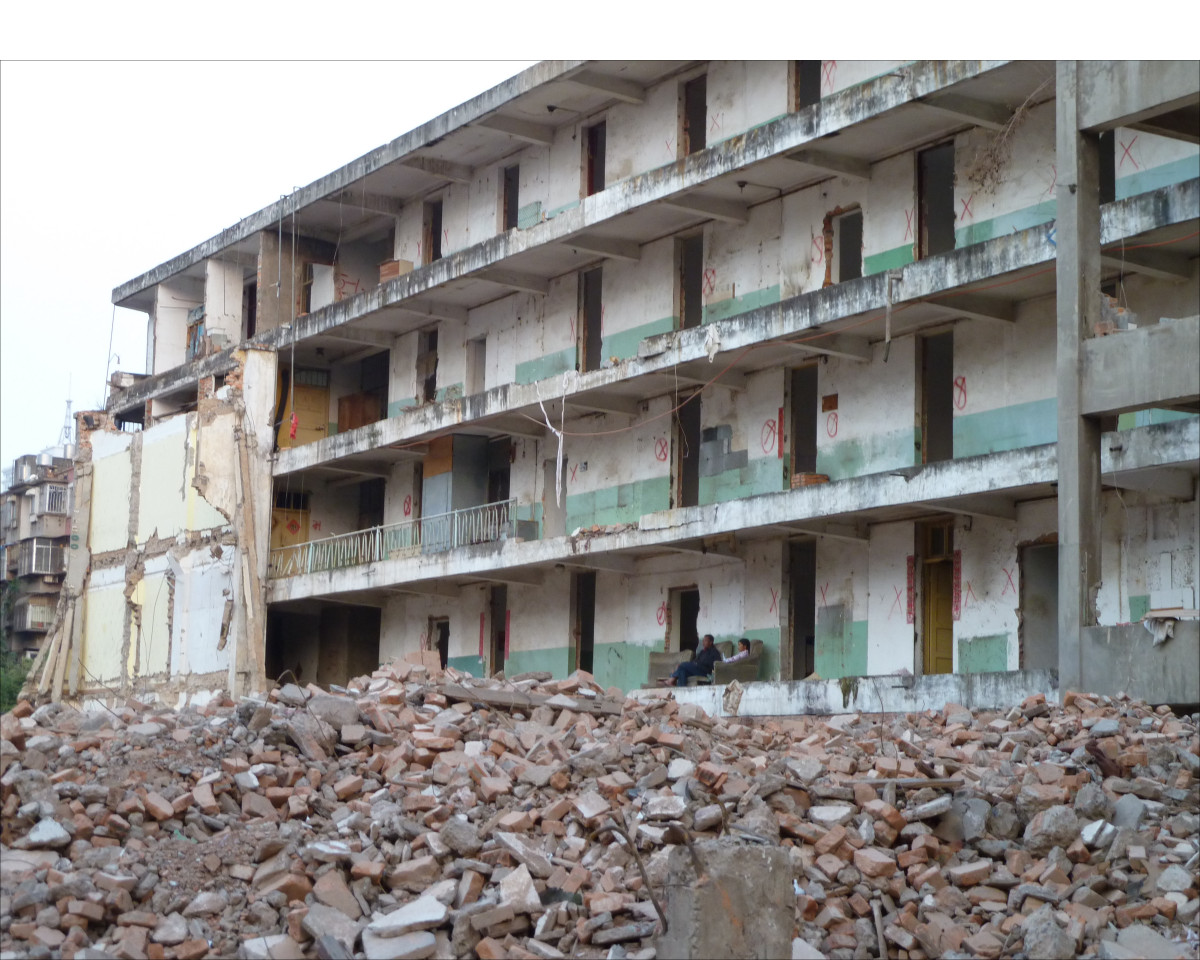
Urban development – two very typical sights: a building already stripped down to its bare walls. The resting couple probably was part of the crew who took out anything that still can be used or recycled.
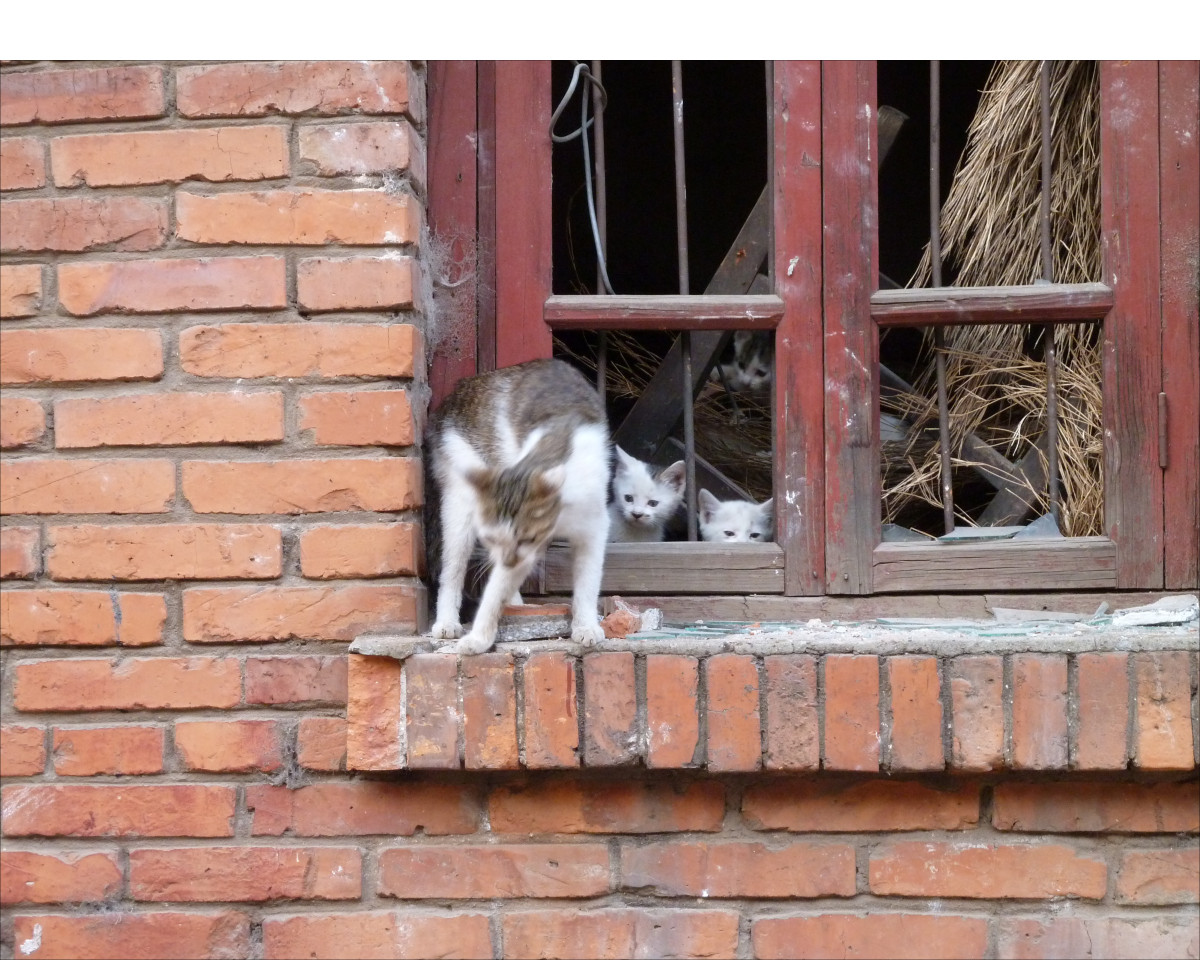
Feral cats are everywhere in demolition areas. I only once managed to catch three kittens sitting still – the price was a blurry mom.
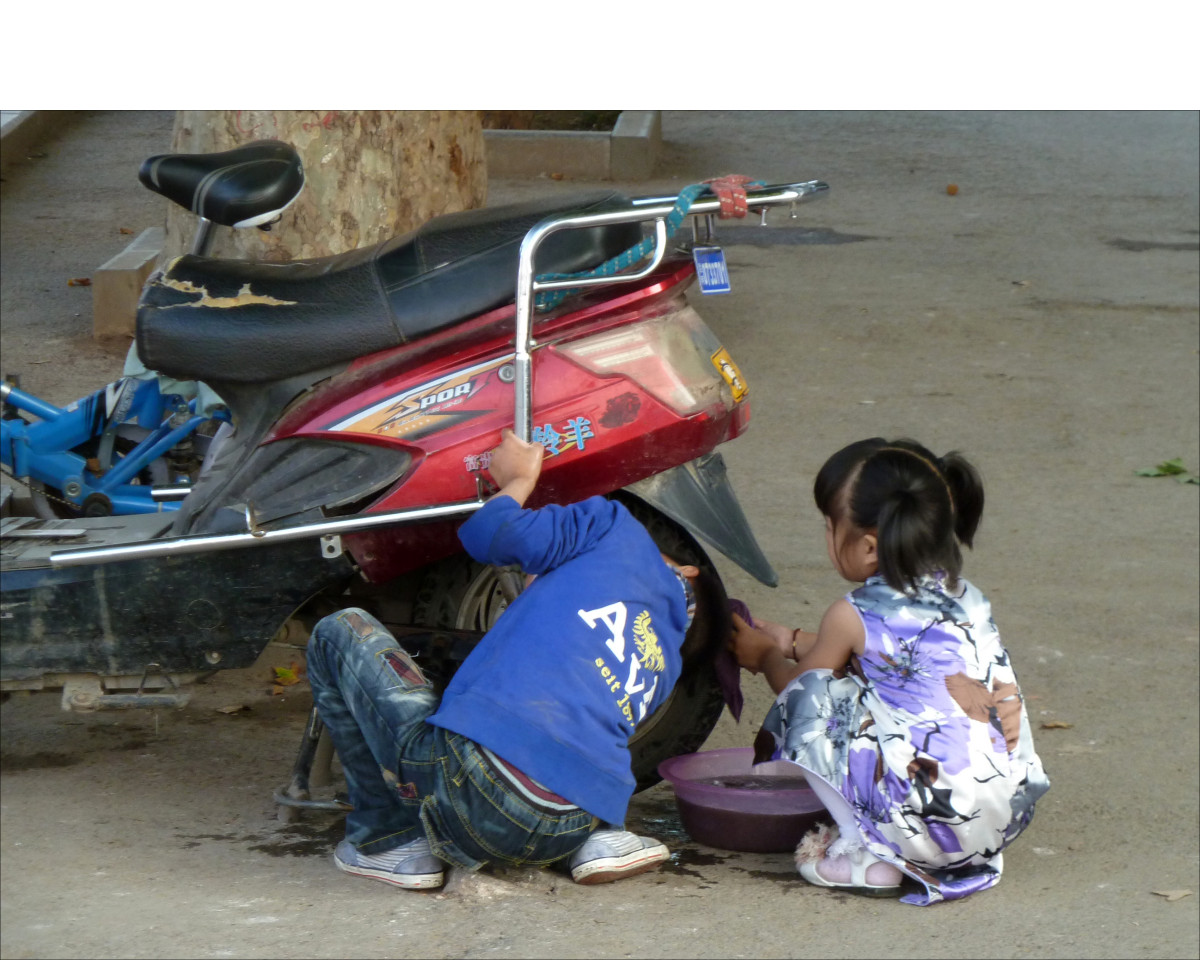
Dressed for the occasion. The girl is wearing a qipao, also known as cheongsam, a one-piece, form-fitting dress that has a high slit on one or both sides. These are beautiful dresses, perfect for the slim and delicate body shapes of most Asian women.
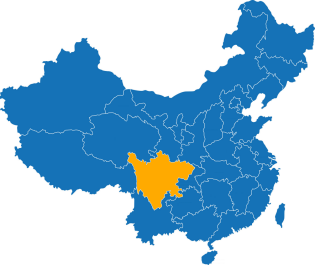
Seeing the cute pandas in action at the Panda Base was such a delight! I wrote a story about it a while ago, so head over and enjoy:
But the city of Chengdu has a lot more to offer. It has a rich history, plenty of temples, parks, and museums, and is famous for its spicy food (think 4 or 5 chillies on the menu).
I didn't know anything about Chinese Opera and the different styles when I was offered a front-row seat at the famous Shufeng Yayun for a little more than $60 CAD. I didn't expect much because I've never been a fan of western opera. The show was sold out and I had a blast. Sichuan Opera is so different, a collection of sketches and vivid -mostly humorous- stories using different techniques such as long sleeve fluttering, shadow plays using hand and finger gestures, musical performances, shadow puppetry, face-changing puppets, fire-spitting, clownery, and the ultimate highlight of face changing.
The face-changing performers switch from one face to another almost instantaneously with the swipe of a fan, a movement of the head, or wave of the hand. It can't be described; it must be seen. Have a quick look at the video He Hongqing, World's Fastest Mask Changer. That's the type of treat I was in for!
How do you get a front-row seat? By asking for a single ticket directly at the venue. That worked for me again in 2018…
Let me wrap up with a little anecdote: After my trip to Tibet I came back for two nights. Bob, one of my companions in Kunming, was in Chengdu at the same time. Turned out, we even stayed at the same Ibis hotel. Small world! The next day, we visited Wenshu temple and park together, one of my favorite's places in town.
Visited: Tianfu Square – People's Park – Jinli Ancient Street - Wuhouci Temple – Panda Base - Qingyang Temple - Shufeng Yayun (Sichuan Opera) – Kuanzhai Xiangzi - Baihuatan Park - Du Fu Thatched Cottage - Huanhuaxi park - Wenshu park
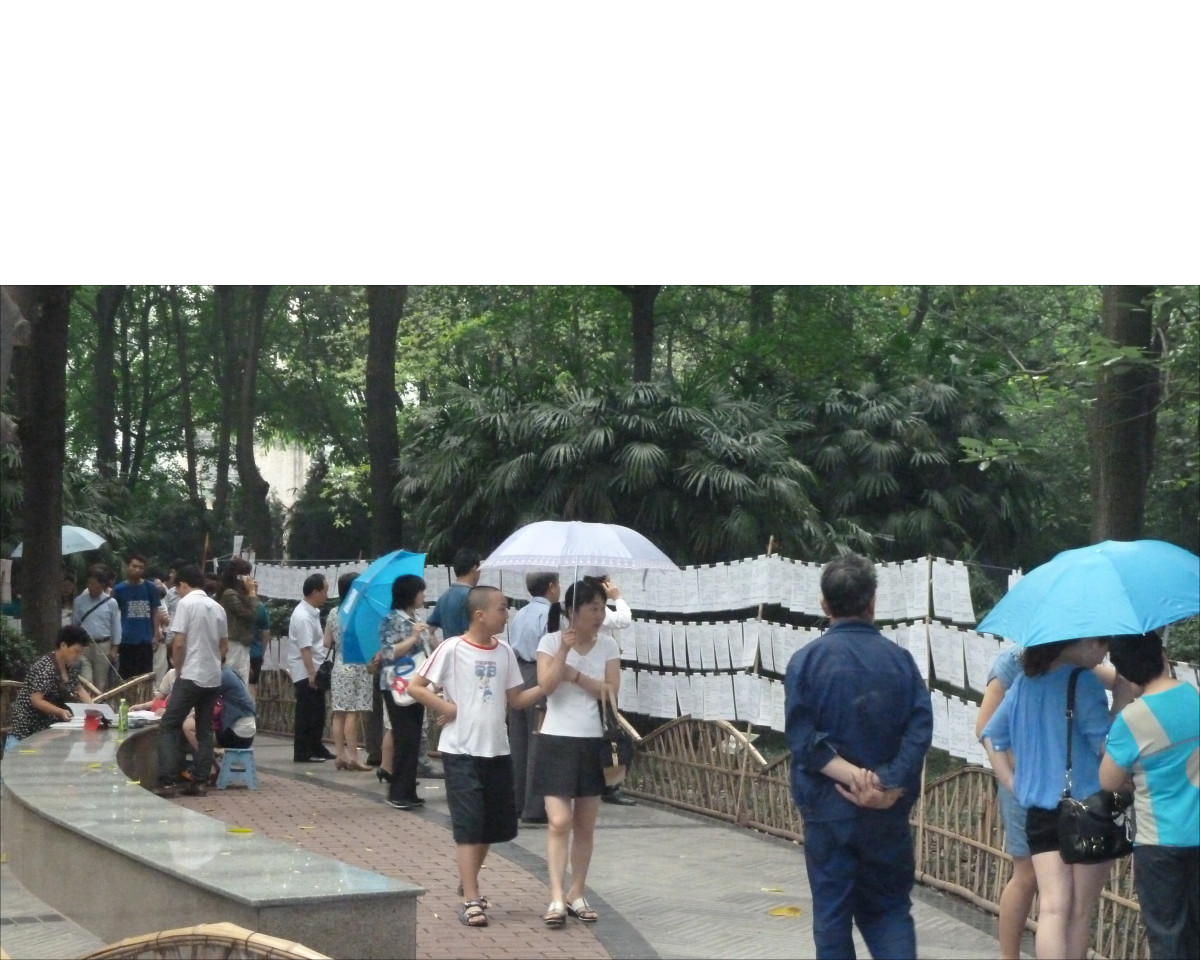
These types of marriage markets can be found in many parks in every city. Usually parents or close relatives go there to find a possible match for their children. When it looks promising, they set up a date for the young people right away.
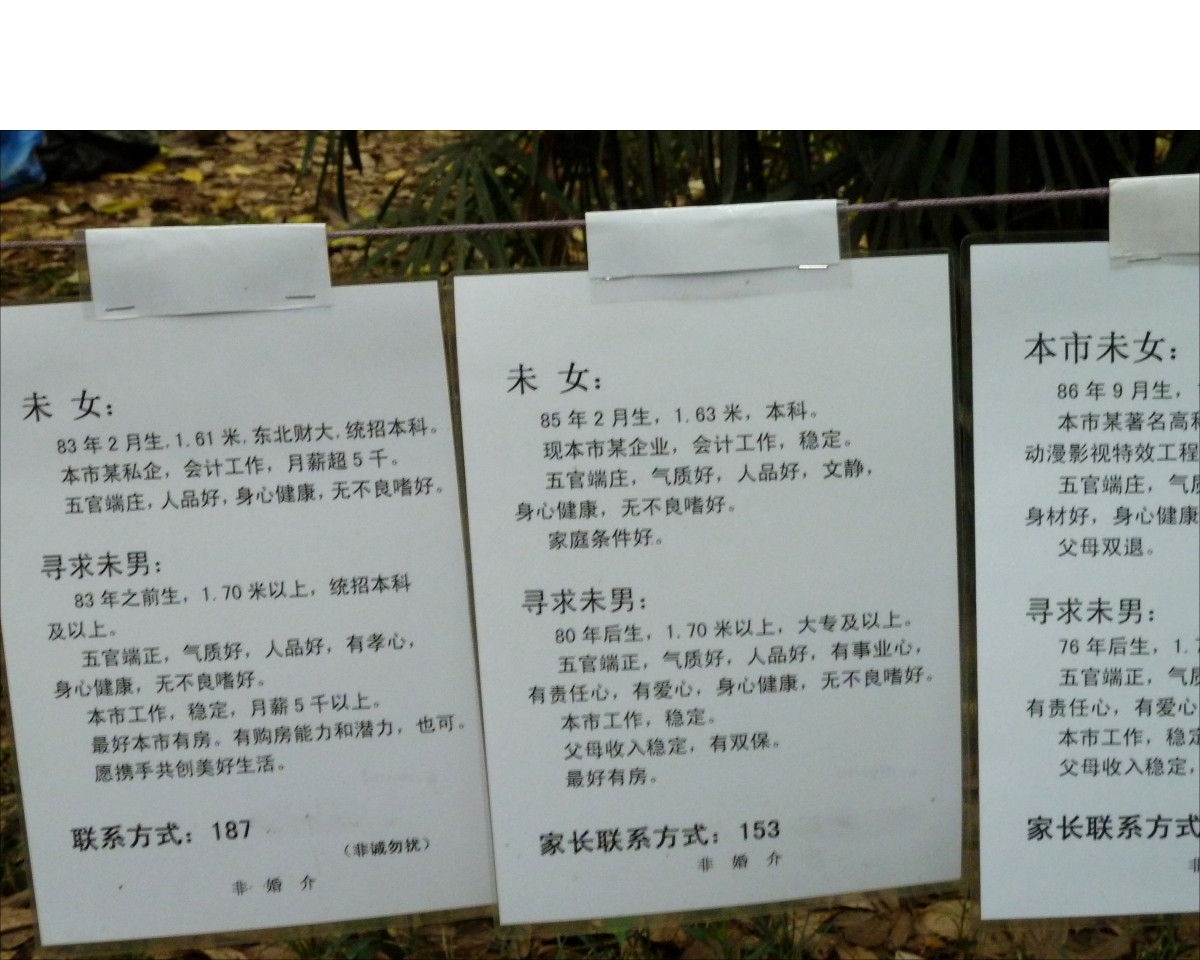
The postings all follow the same format. Here's a translation of the middle one:
Female: Born February 1985, 1.63 m, undergraduate.
Works at a company in town, accounting/bookkeeping, stable job.
Pleasant-looking, good manners/temperament, good character, gentle, healthy mind and body, no bad habits.
Seeking male: Born after 1980, 1.70 m or taller, 3+ years of college education.
Pleasant-looking, good manners/temperament, good character, gentle, enterprising/career-minded, responsible, caring, healthy mind and body, no bad habits.
Works in this city, stable job.
Parents have stable income, two references.
Best with own apartment.
Contact: <phone> - no matchmakers.
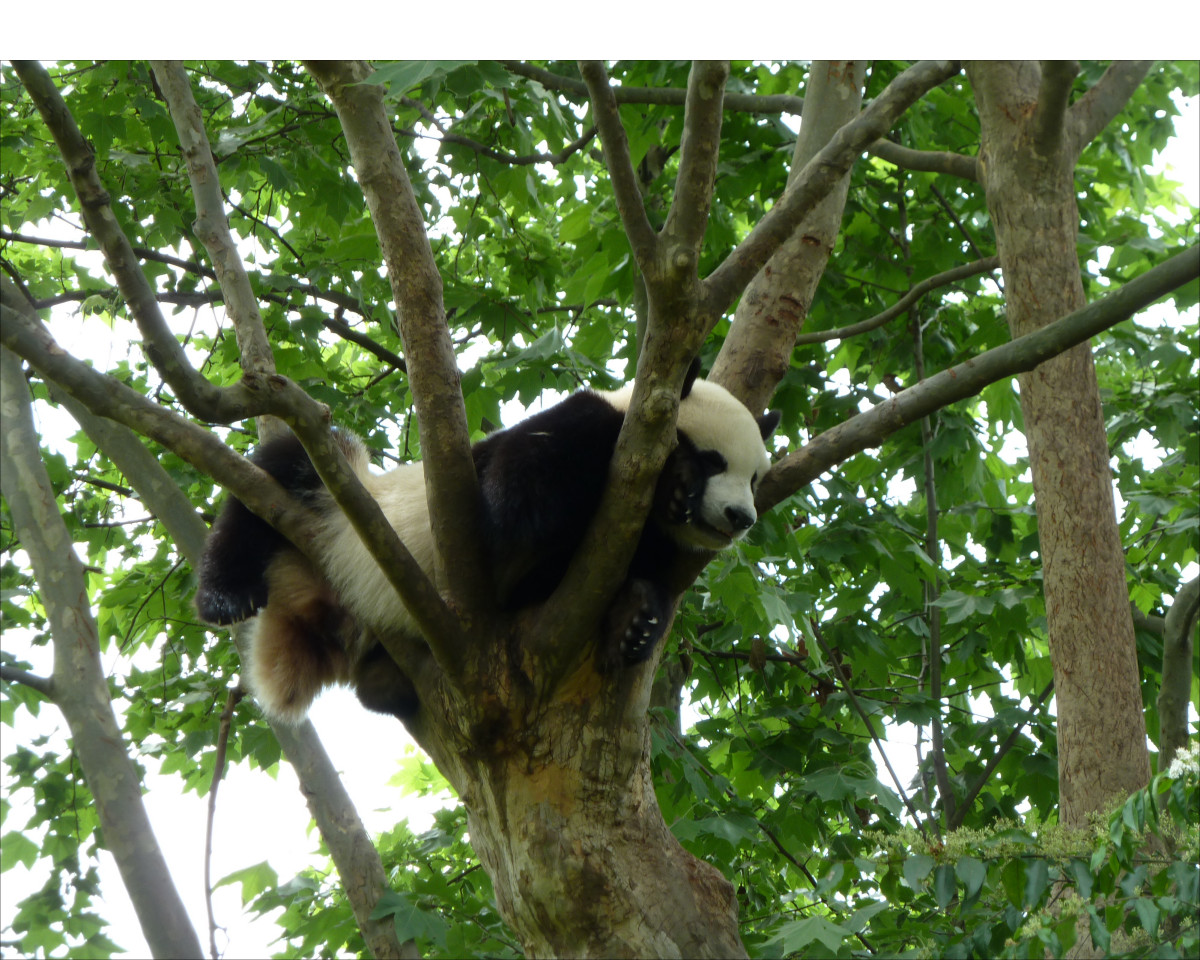
Only one panda picture: the funniest. There are more in the story Fun at the famous Panda Base in Chengdu.
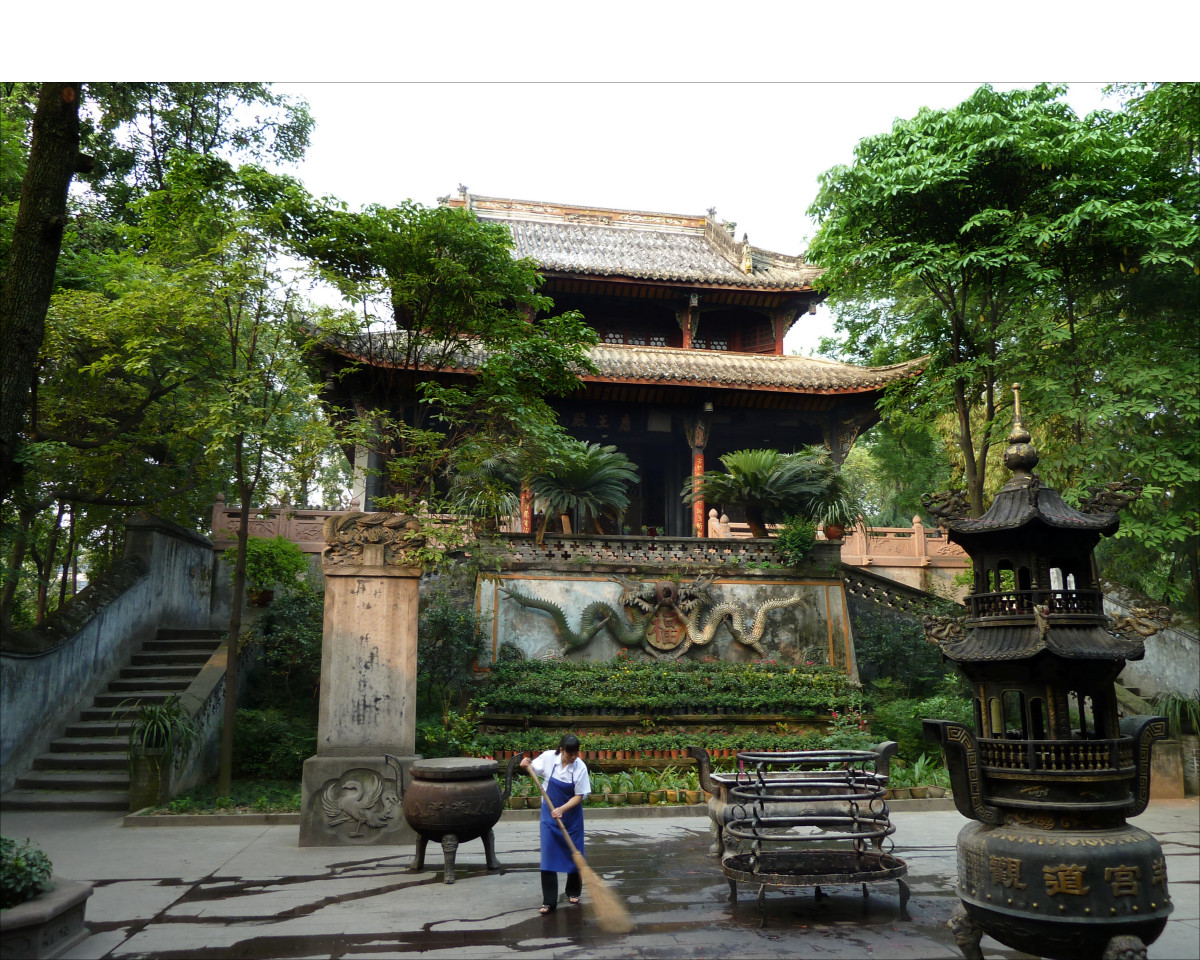
Taoist Qingyang Temple – front and park are "prettier", but I found this picture more interesting.
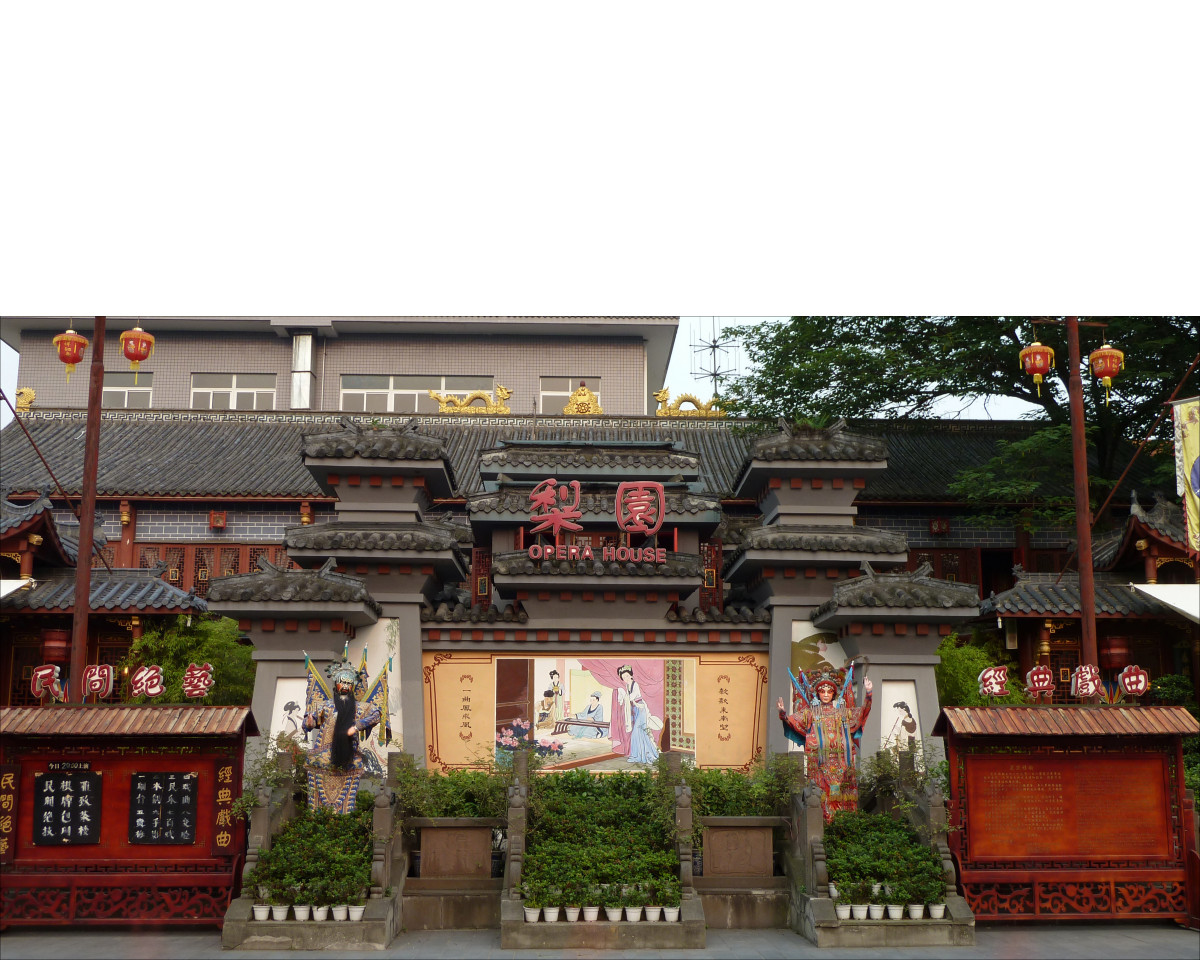
While walking by during daytime, an employee approached me, gave me a short tour of the Shufeng Yayun Opera House, and offered me a front-row seat for 320 yuan (˜$60). Little did I know about Sichuan Opera back then…
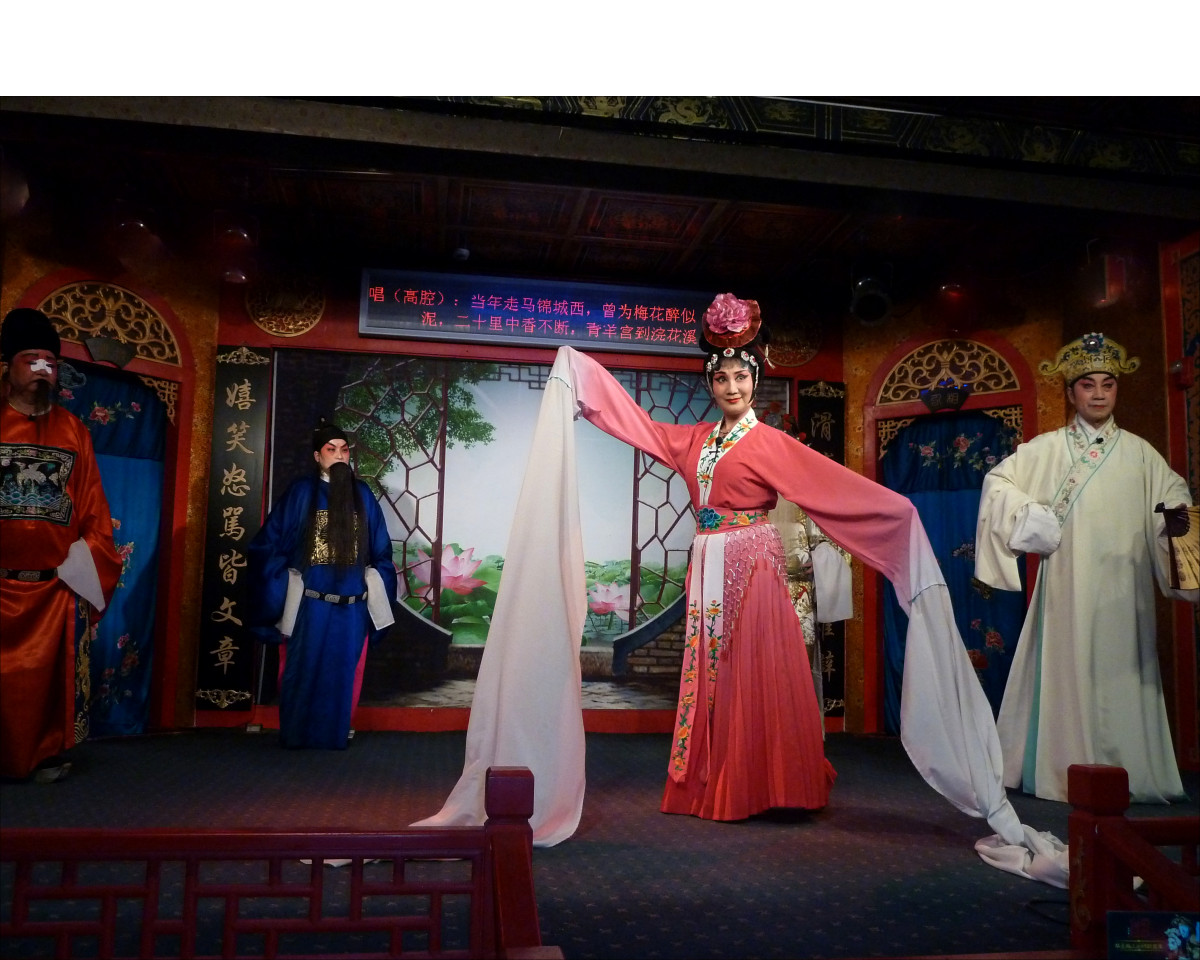
Sichuan Opera is a collection of sketches and little -often humorous- stories performed with different techniques such as long sleeve fluttering and …

The mist added a feeling of solitude and mystery to Du Fu Thatched Cottage, a park and museum in honour of the famous Tang dynasty poet (712 – 770). Master Du Fu, which word (or 4-character phrase) would you use to describe this scene?

Thank you to the stranger who captured this moment for me. Obviously a photo enthusiast, he helped not only me but many other visitors in the park.

"Literary " picnic.
Ancient Chinese poems are an art form that -in my opinion- shouldn't be translated because it is impossible to convey the spirit of the poem.
I will talk more about this another time. 1300 years later this Du Fu quote, however, fits our 2020 reality so perfectly:
国破山河在 guó pò shān hé zài: The nation is ruined, but mountains and rivers remain.
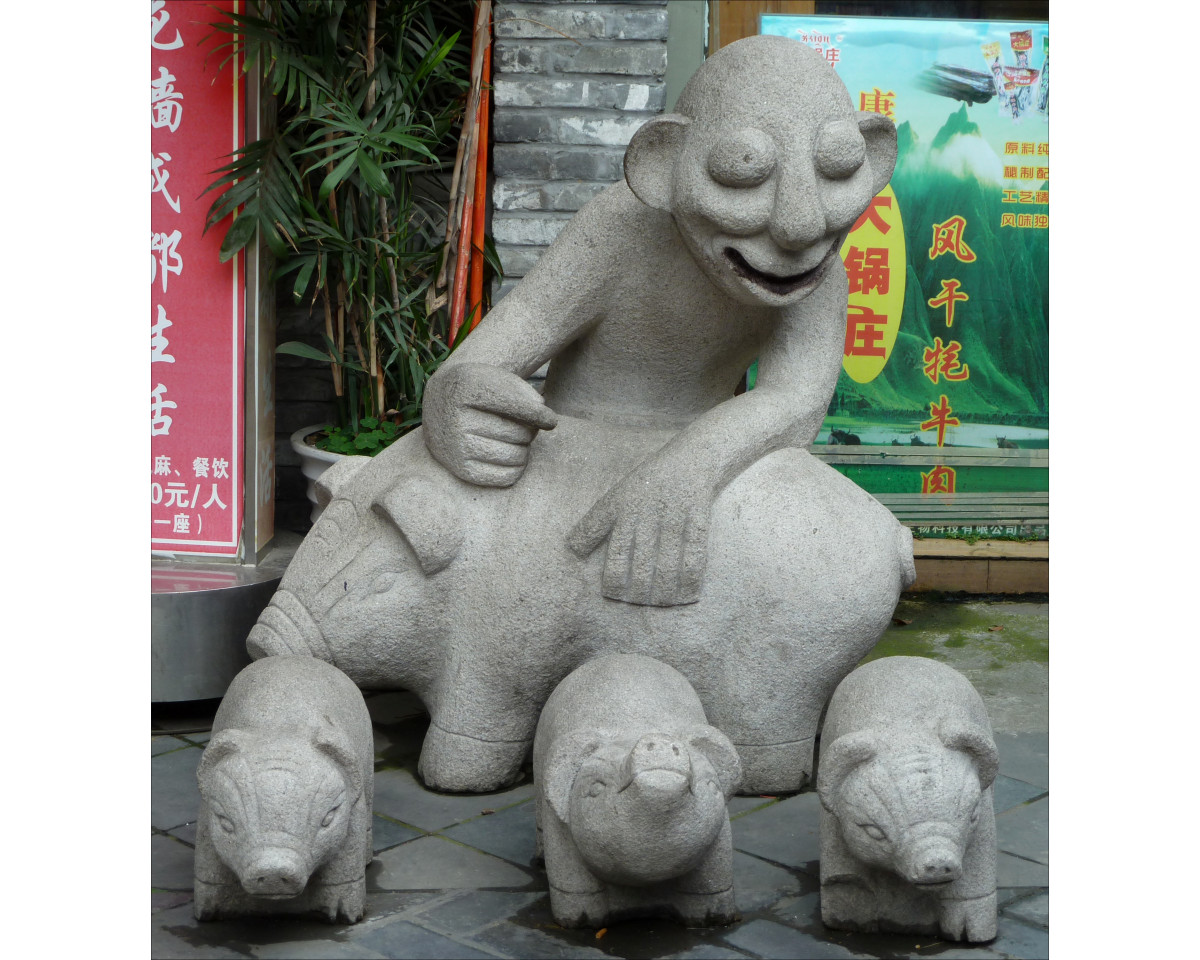
Plenty of humorous sculptures in downtown, just like this one, make you smile. It was hard to choose one…
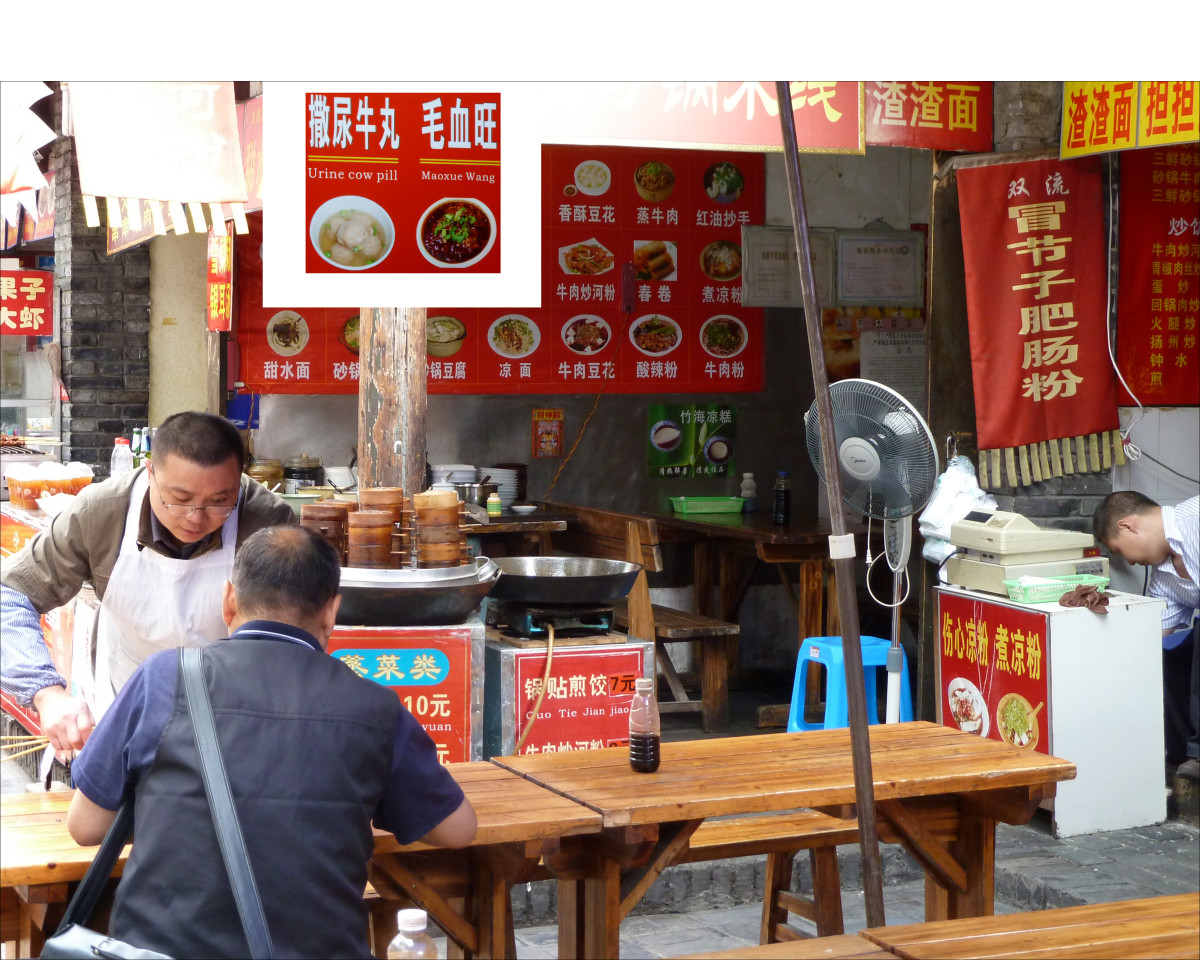
Which of their specialties (sign on the center post) would you dare to try: Urine Cow Pill or Maoxue Wang? Well, the former are just "juicy meatballs" without any bovine accidents. Maoxuewang is a Sichuan specialty and uses two types of tripe (= edible lining from cattle stomachs) as main ingredients.
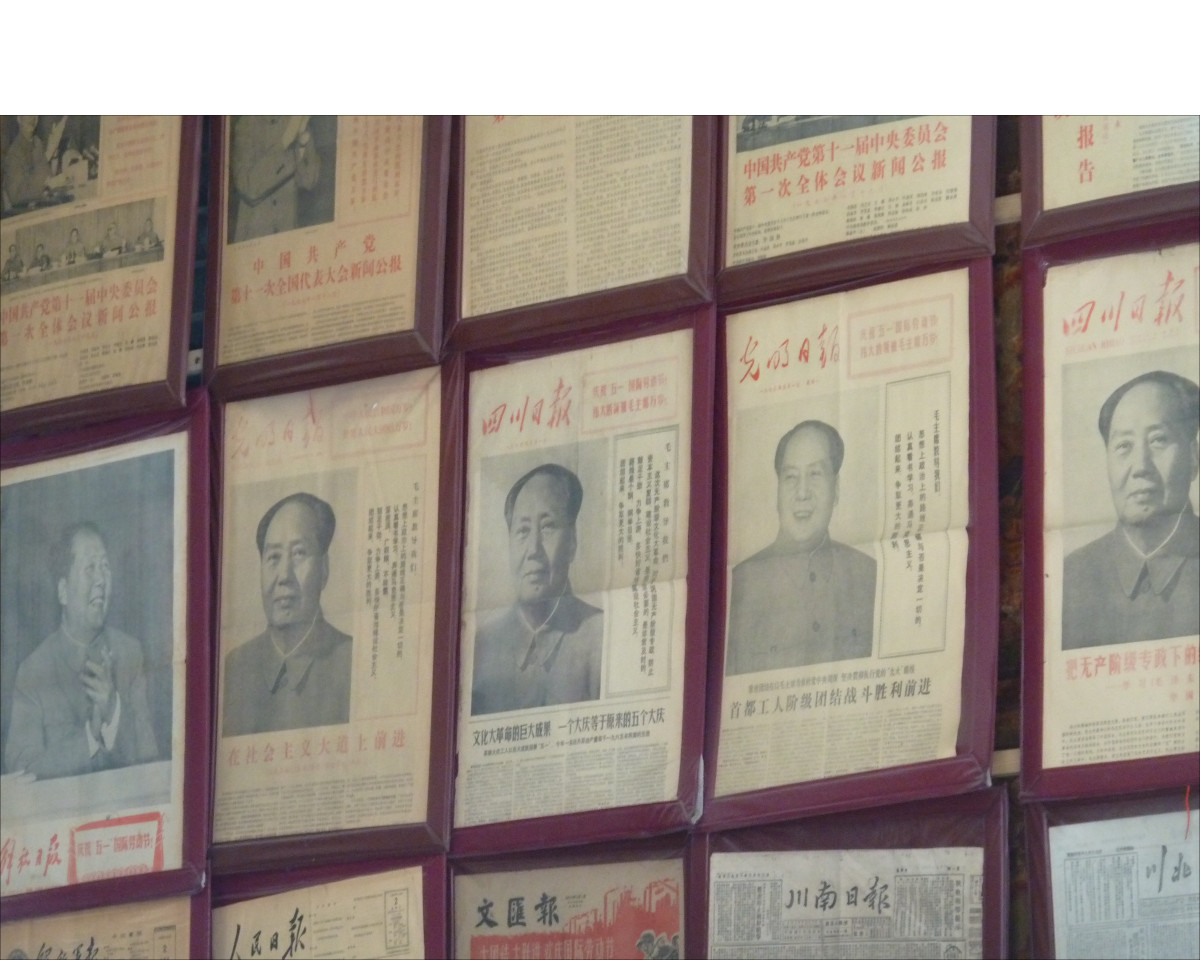
Once in a while you find memorabilia stores like this one. I once asked a good friend, who is just a few years younger than me, how she feels about the years under Mao when she is thinking back now. Her answer was a simple sentence: "Without him, today's China wouldn't exist." My friend is living a very active, comfortable, and appreciative life. I thought long about her answer and, put into historical context, I understand.
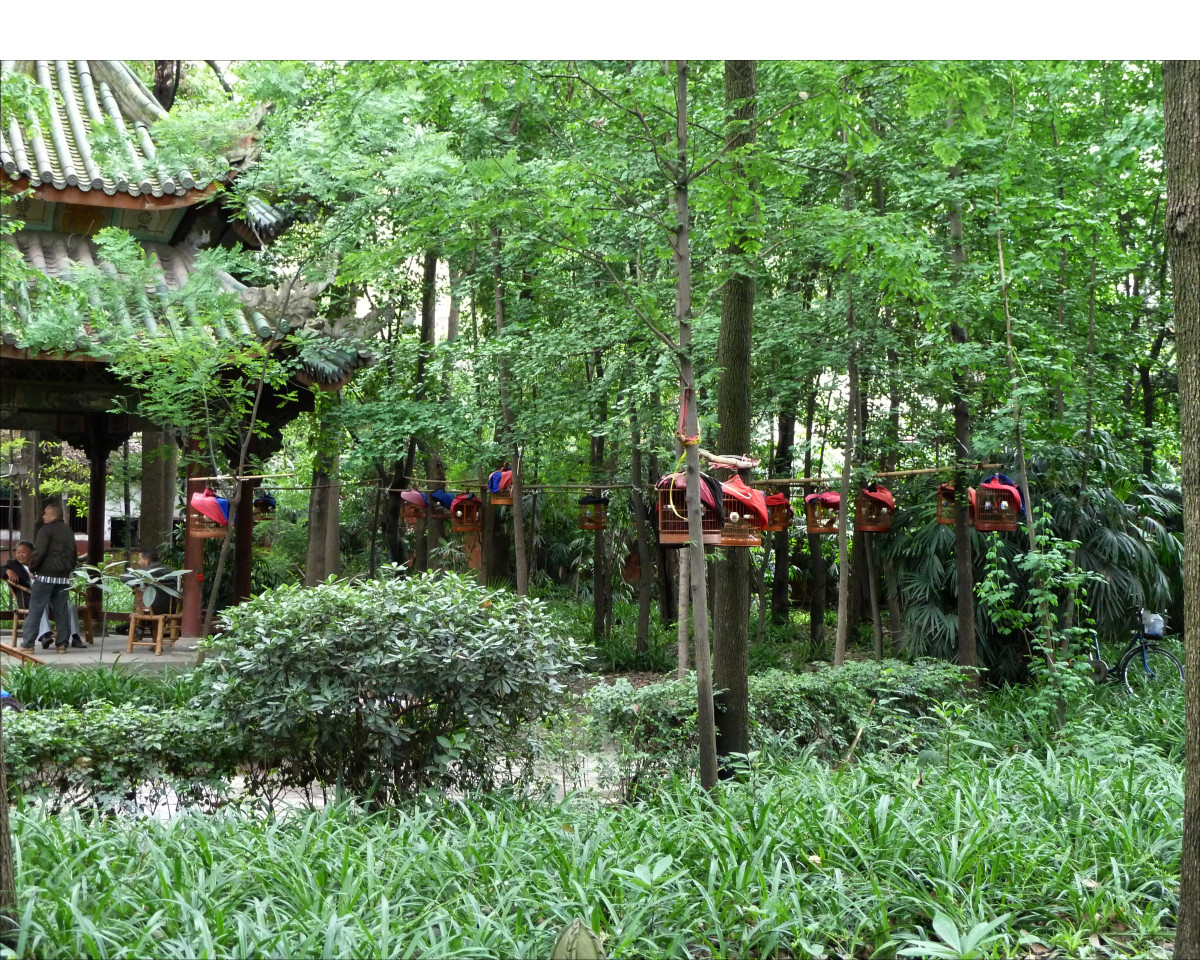
Some people walk their dogs, some even their cats… but walking your bird? It's a common sight: mostly older men grab their cages in the morning and head out to the park. That's where they enjoy the human company and their birds have companions to chatter with.

One of the pools at Wenshu, the best-preserved Buddhist temple in Chengdu, initially built in the Tang Dynasty (618-907).

The pools in the park are full of life, a great place to watch and capture frogs (or are they toads?) and turtles.

Entrance to a hotel. Currently about $125 CAD. I usually pay between $25 und $50 per night. Maybe worth to stay there for a day or two as a special treat.
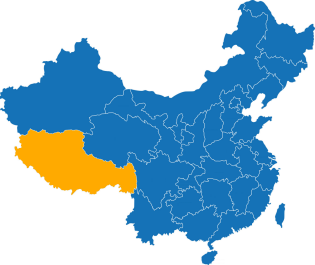
Challenging conditions for getting a travel permit to the Tibetan Autonomous Region (TAR) once again! The general rule had always been: group with a tour guide and a driver, with one or more foreigners representing the "group". Just days before our planned departure, these rules suddenly changed: a group must consist of 5 travellers with the same nationality.
To keep costs down, travellers ideally form groups of 3 to 4 people, which is the maximum capacity for the Toyota Land Cruisers usually used and best suited for the tours through the high-altitude mountainous terrain. Early on I had found a German couple willing to share.
The same nationality requirement looked like an unsurmountable obstacle, right? But at that time, I still had my German citizenship and a German passport! Our travel agency found two more guests to join who "unfortunately" had to cancel last minute and the next day we were on the train from Xining to Lhasa.
The Tibetan Autonomous Region is the only province that requires a special permit. Between 2010 and 2018 I have travelled to 19 provinces (provincial-level administrative divisions), on my own or with friends. I have never been questioned or made uncomfortable in any way. In all these years, only ONE item got confiscated: a little fruit knife in my suitcase when going through security at a train station in 2018. Even then, the official was apologetic.
Visited: Barkhor - Potala Palace - Tsamkhung Nunnery - Jokhang Temple - Norbulinka (Summer Palace) - Sera Monastery - Drepung Monastery – Ramoche - Yangpachen Hotsprings - Namtso Lake - Kamba-La Pass (4794 m) - Karo-La Pass (5010 m) - Yamdrok Lake – Gyantse - Pelkor Chode Kumbum - Gyantse Monastery - Tashilhunpo Monastery – Shigatse - Old Tingri - Nepal border (10 days)
These few days in Tibet have left a deep impression on me. Plenty of pictures complement my stories Lhasa to Everest, Rerouted and Old Tingri Base Camp, so on this page I will only show a few pictures from the world's highest train route, the Qinghai-Tibet railway.
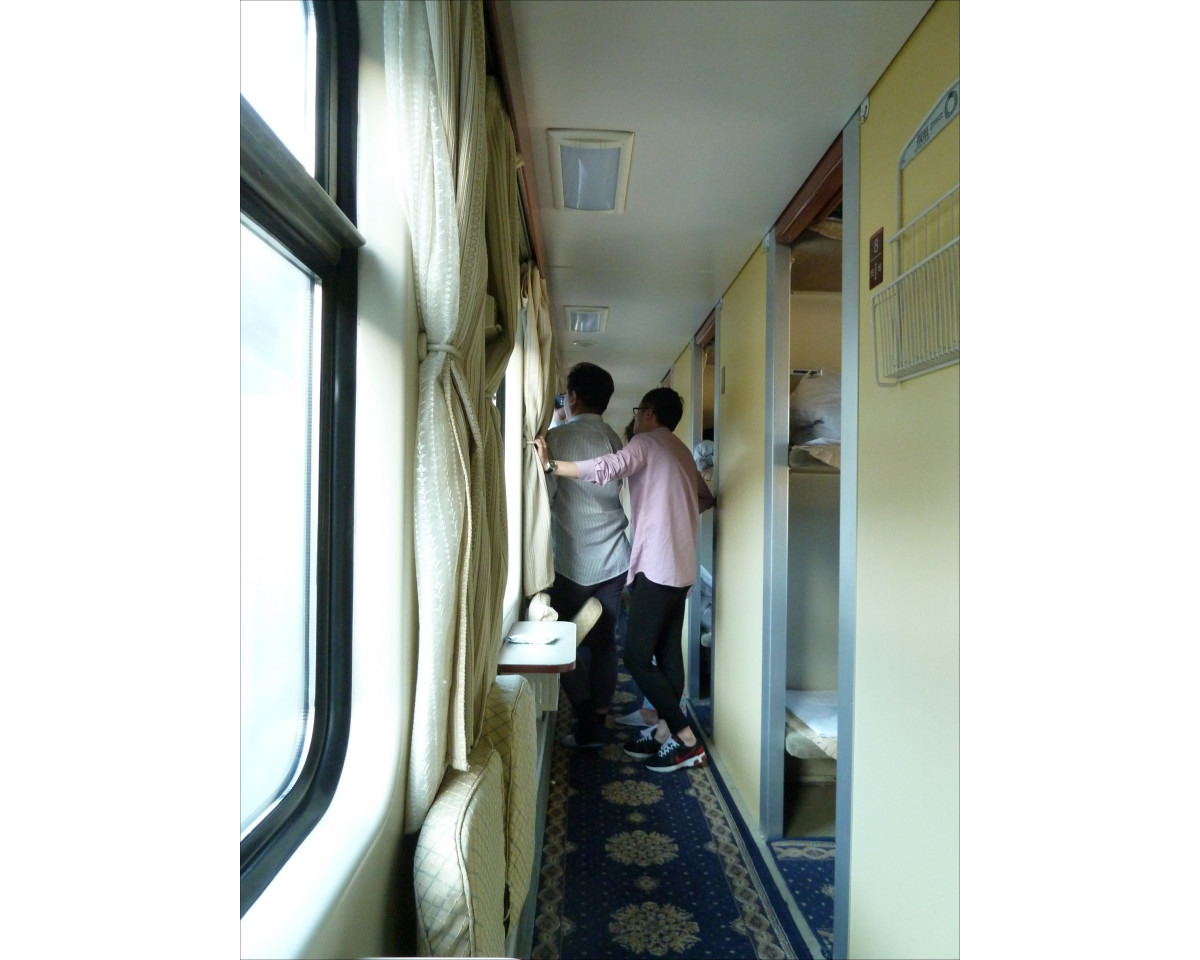
The 24-hour train ride along the Qinghai-Tibet railway covers almost 2,000 km and passes spectacular scenery that's not accessible otherwise.
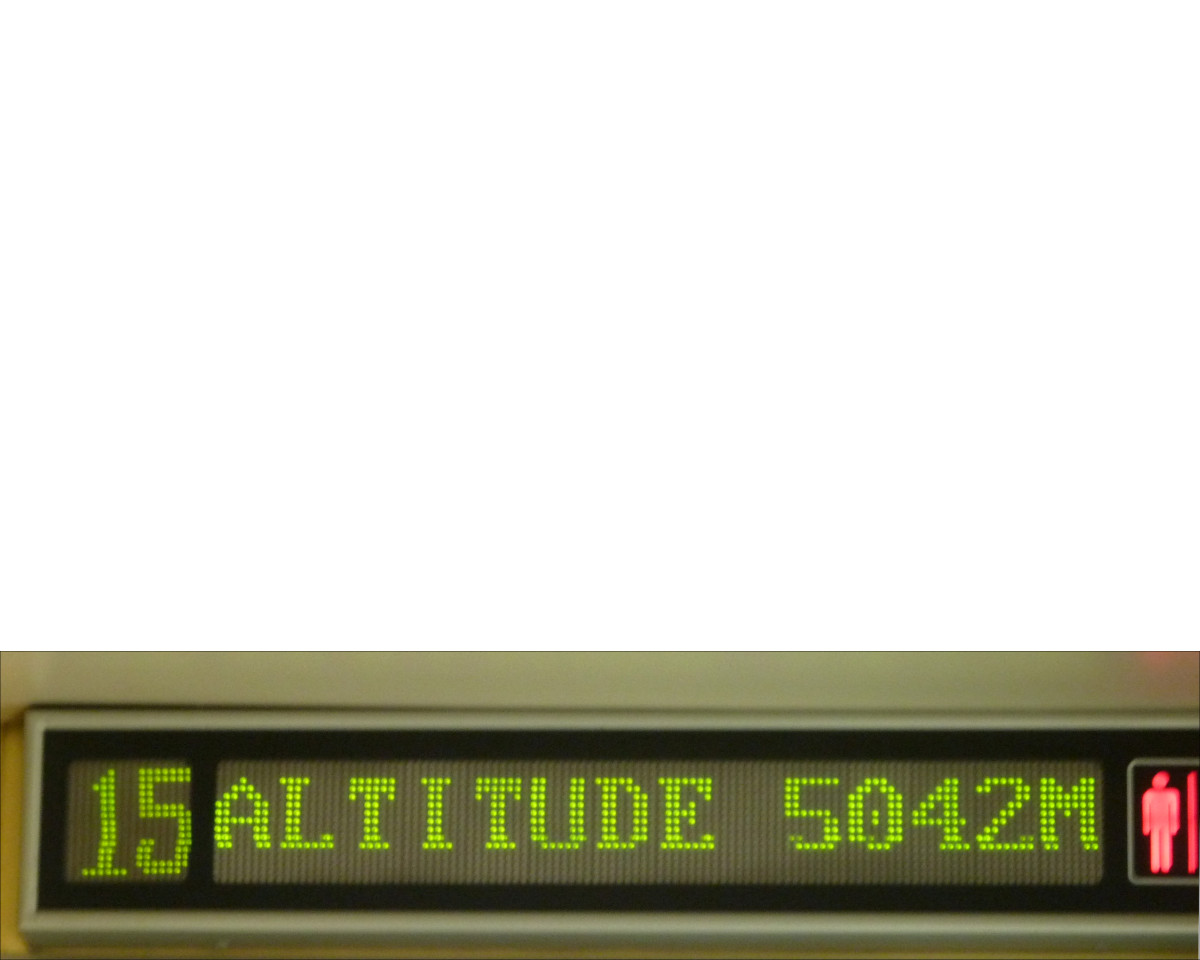
Tanggula Pass, the highest point along the way. I didn't feel very energetic but had no symptoms of altitude sickness. Many younger people suffered more. Of the three of us, Max, an athlete, had the hardest time.
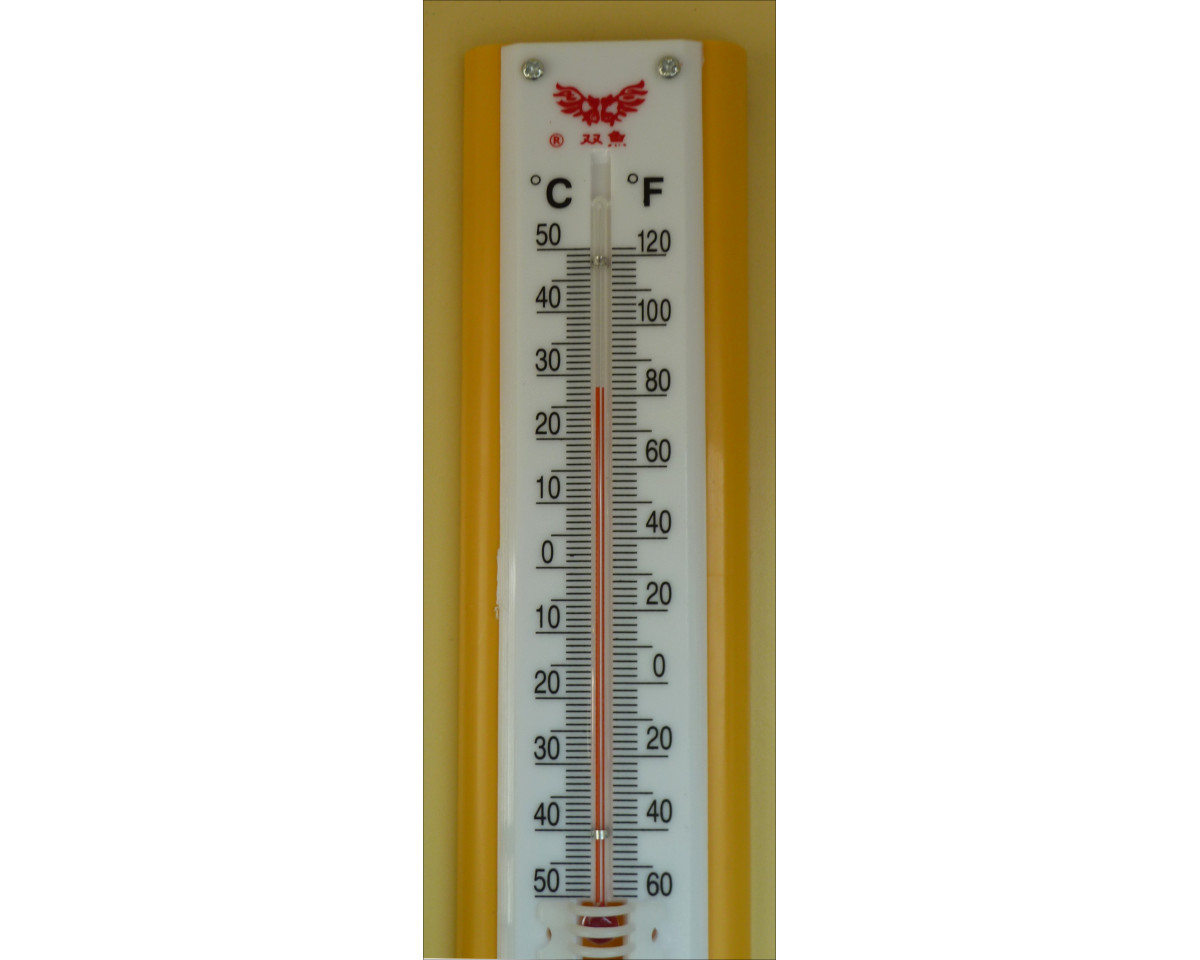
Add the temperature on the train to the altitude! How good would a breeze of fresh air have felt but none of the windows could be opened!
I read that all rail cars are now equipped with personal oxygen supplies. Not so, when we travelled. And we all highly doubted
that there was any supplementary oxygen pumped into the cars. I don't complain though – it was all part of the experience!

6 people per compartment. During daytime, the lower bunks (that included my bed) would often be occupied by folks from other compartments, visiting with the three Tibetans from ours. That felt a bit strange in the beginning but at the same time conveyed a feeling of inclusion: that's just how Tibetans travel.
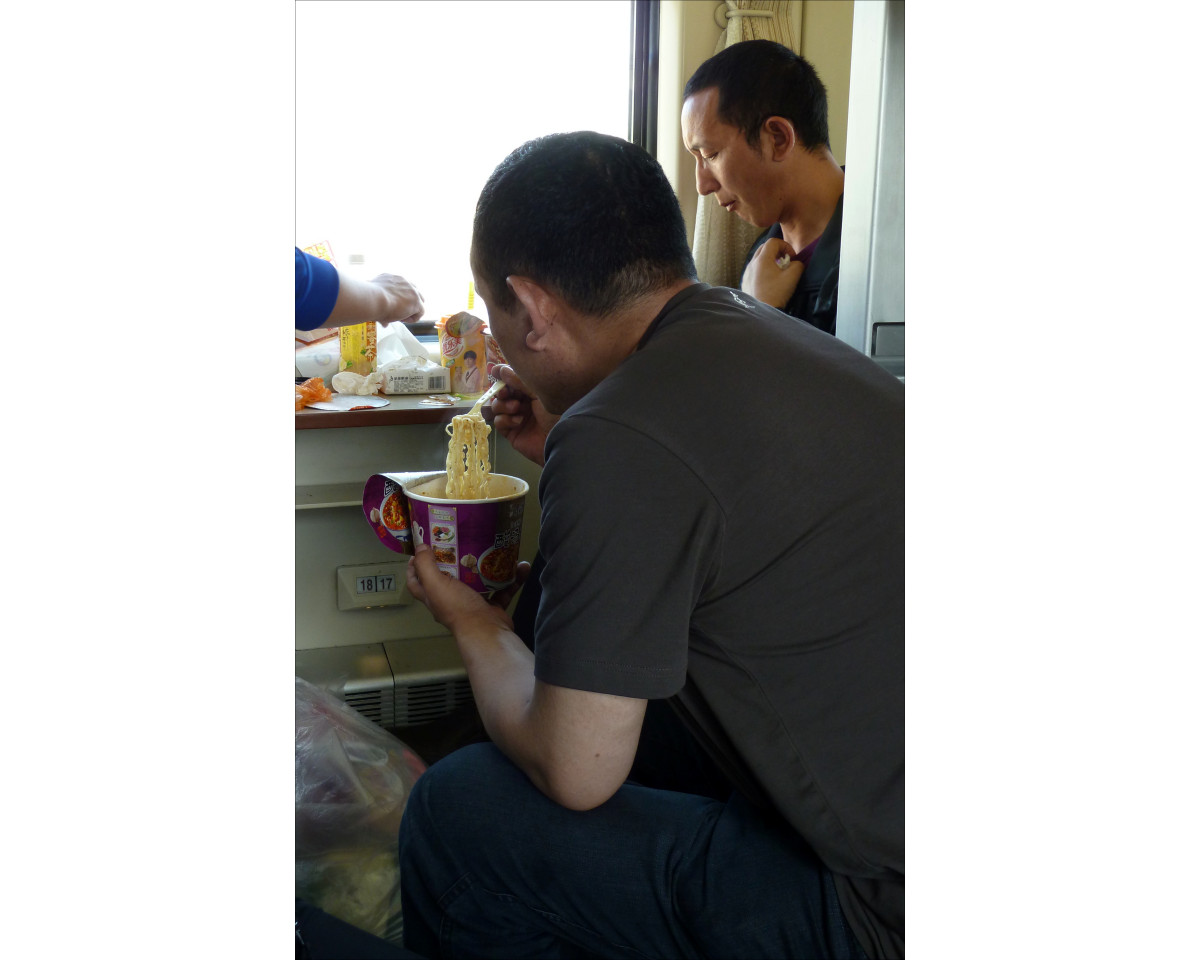
Our "roommates". Would you believe that they are Buddhist monks on vacation?? Nice guys and happy to share some of their ample goodies. Conversation was mostly through very basic Chinese, gestures, and a lot of photos on our phones.
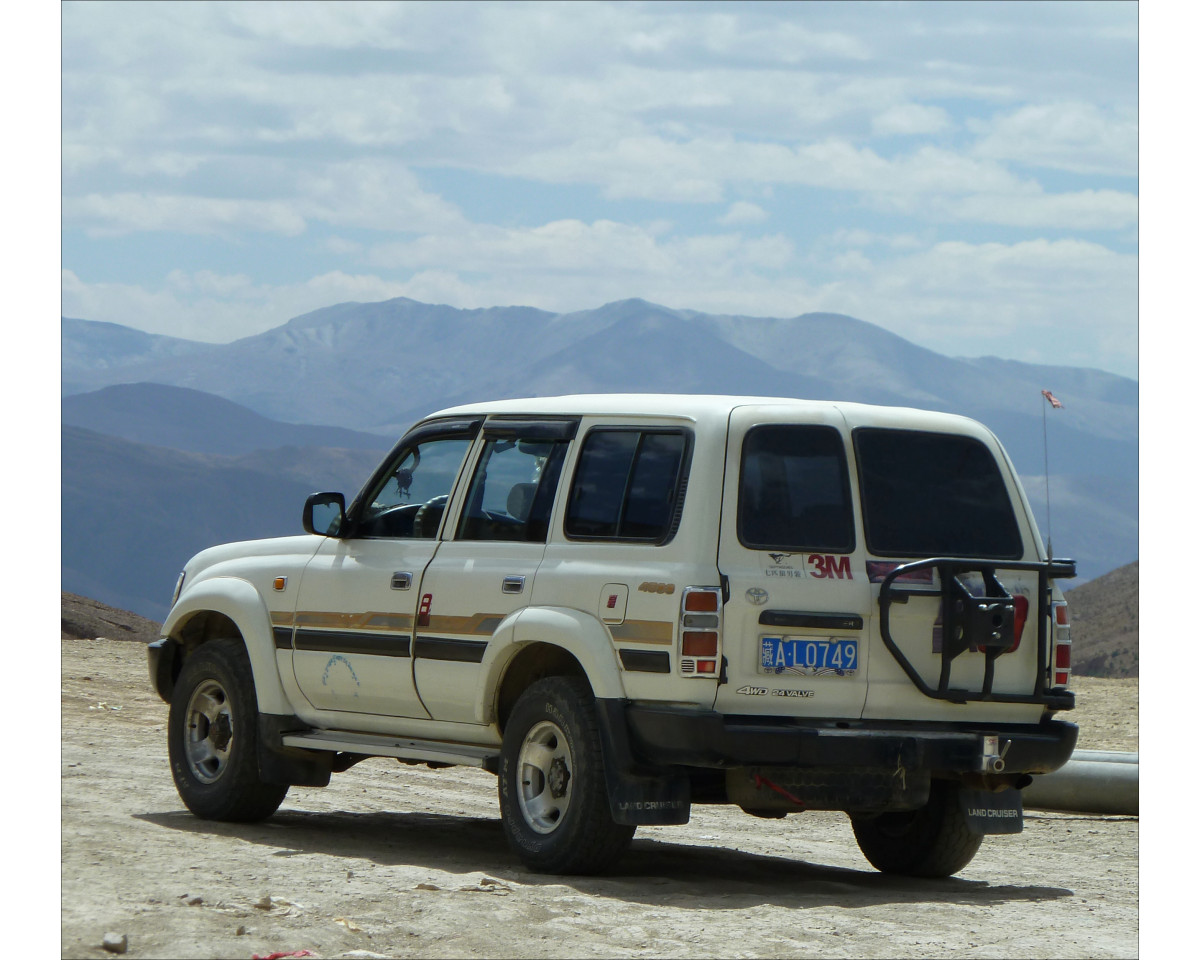
The Land Cruiser that would later bring us safely and reliably to all our destinations on the Tibetan Plateau.
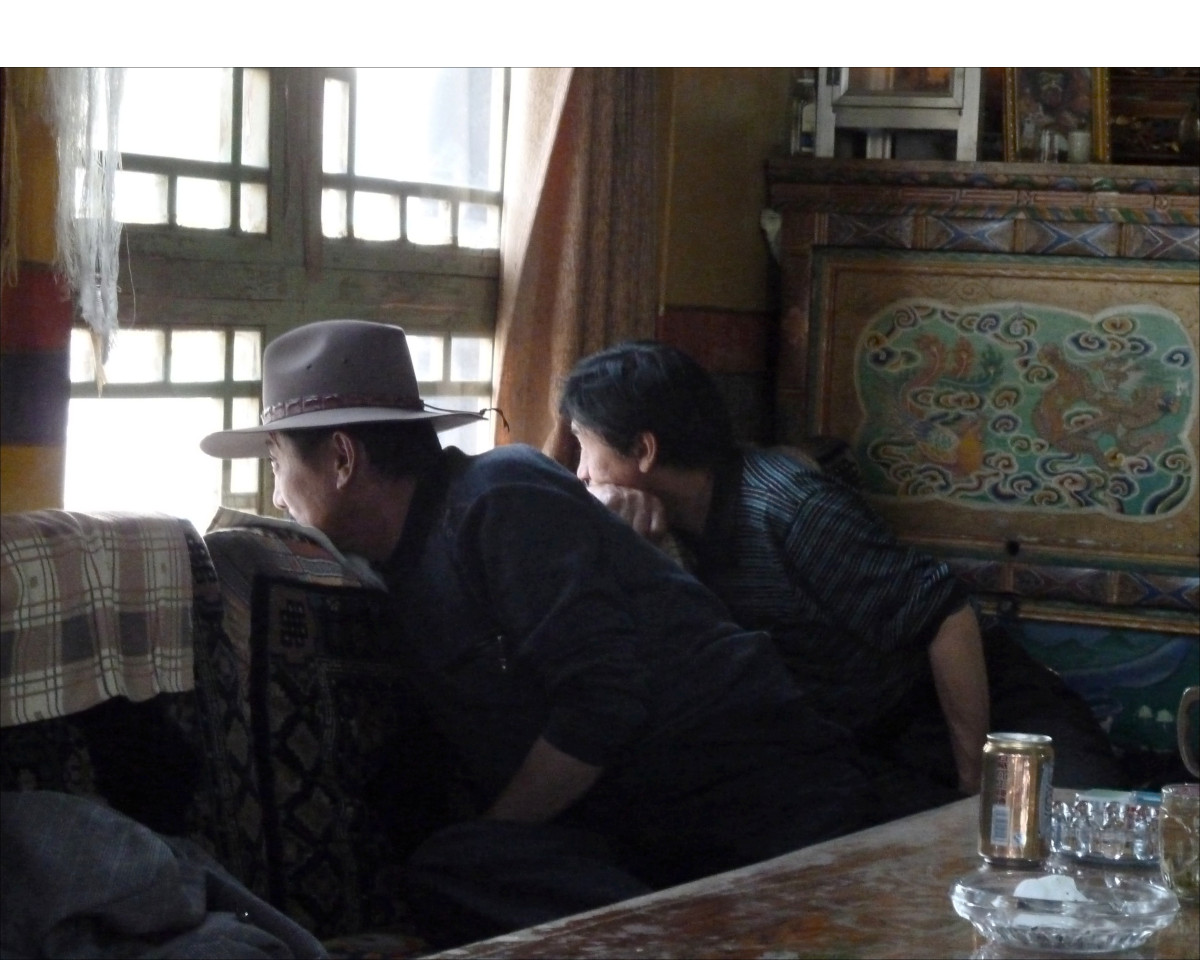
Somehow off-topic: Our driver and the driver from a Dutch group looking quietly at a badly damaged vehicle from another group. Their silence screams volumes!
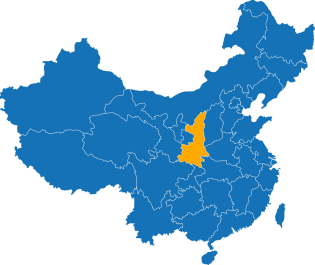
My friends' wedding in Shanxi province is a highlight I'll never forget. In 2012 I was still living in Victoria, BC, and we had known each other for a while. The groom's family is from a tiny village near Shuozhou, so that's where it all happened.
The traditional celebrations lasted three days. The first two days were reserved for the bride's and groom's families, and on the third day families, friends, and neighbors all got together for the final ceremony, feast, entertaining customs, the obligatory firecrackers and lots of smiles and laughs.
Nowadays, Chinese couples choose between a western and a traditional wedding. The traditional style is much more relaxed and playful. Foreigners invited to a wedding in China often sweat the question what to wear. And so did I and asked around. My Chinese friends all answered: "Casual; wear what you usually wear." And unless indicated otherwise on the invitation, this is exactly what we should do. The guests shouldn't stand out, bride and groom should!
For me, it was an honor to participate and also the first occasion of many more to follow, where I didn't feel like a stranger but just like someone who belongs at that moment.
During the first two days I had time to explore the small town of Shuozhou which had two attractions: the famous wooden pagoda and me! I felt slightly uncomfortable when everybody —and I mean everybody— stopped what they were doing and just openly stared at me. In later years, I adopted a different viewpoint about this habit of staring at foreigners and it doesn't bother me anymore.
At one corner, farmers sold all kinds of local produce. Seeing all the carts loaded to the brim with bright colored ripe apricots, I felt a sudden craving. Just as before, everybody kept their eyes fixated on me. Hard to tell what was going on in their minds. Unlike us, many Chinese people never smile at strangers.
Who to approach? I decided. I asked for about a pound. The farmer carefully picked one fruit, opened, and handed it to me, insisting that I try. His
fingers were almost black, probably mostly a discoloration from decades of hard work in the fields. The dust from the dirt road lingered in the air. I hesitated a
moment, then accepted the apricot, dust and all, and ate it. I told the farmer that it was delicious. He still didn't smile, but I just knew he was very happy. Out of
his hundreds of immaculate apricots he then carefully picked THE BEST 8 or 10 for me.
I'm sure, our little interaction was the main topic on his dinner table that night. Eight years later. I still remember this moment so vividly as if it happened only last month.
On all my travels in Asia and despite of regularly eating street food, I never got food poisoning. But maybe my strong stomach is the exception.
I had one more day in Taiyuan, the capital of Shanxi province, before returning to Canada.
Visited: Shuozhou - Pagoda of Fogong Temple (Yingxian Pagoda) - Taiyuan - Fen River parks
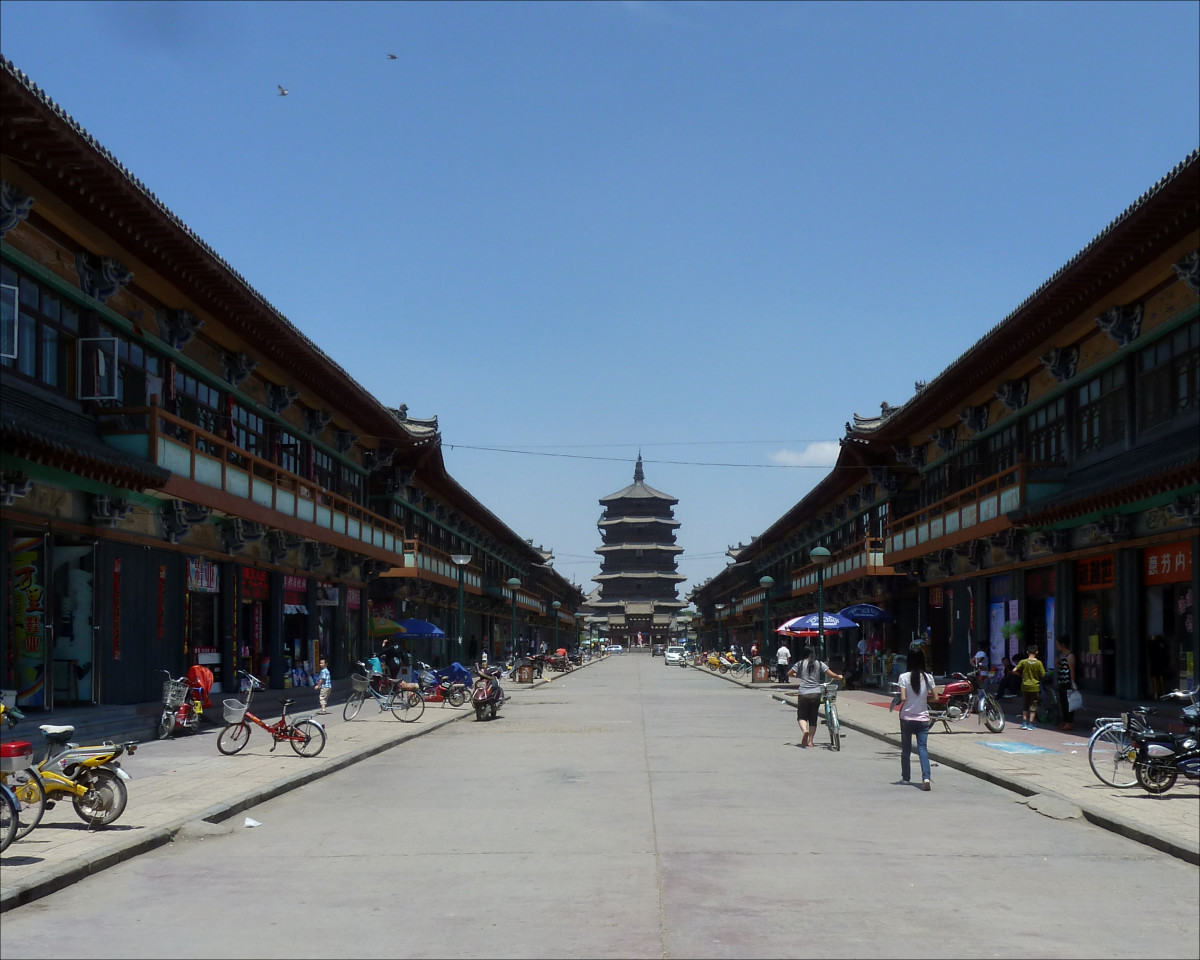
Main attraction of this small city (population 1.7 million) is the oldest and tallest surviving wooden pagoda in China.

It was built in 1056 and goes by many names: Yingxian Pagoda, Sakyamuni Pagoda of Fogong Temple, or simply Muta (木塔 mùtǎ = wooden pagoda).
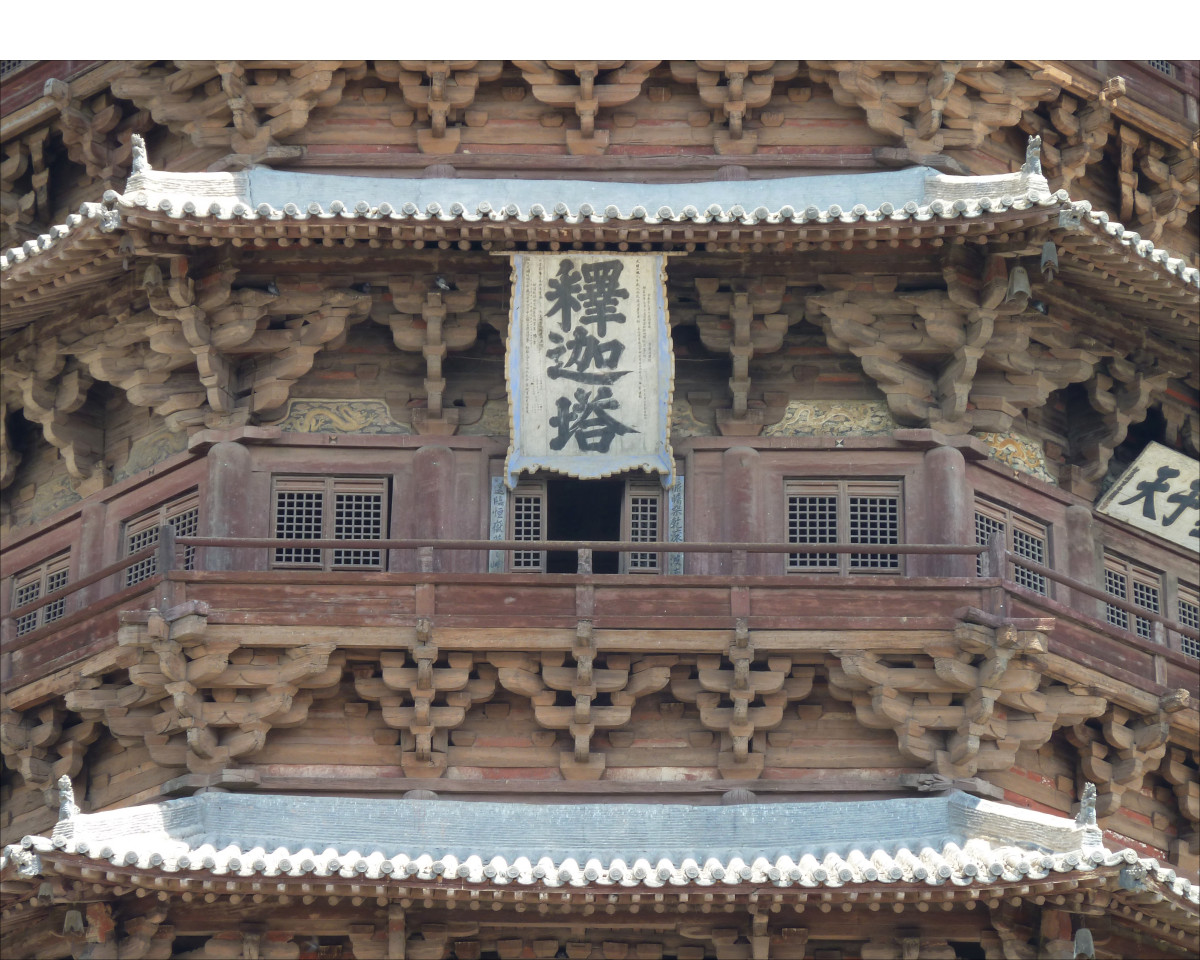
It is constructed without nails or screws and survived several large earthquakes throughout the centuries.
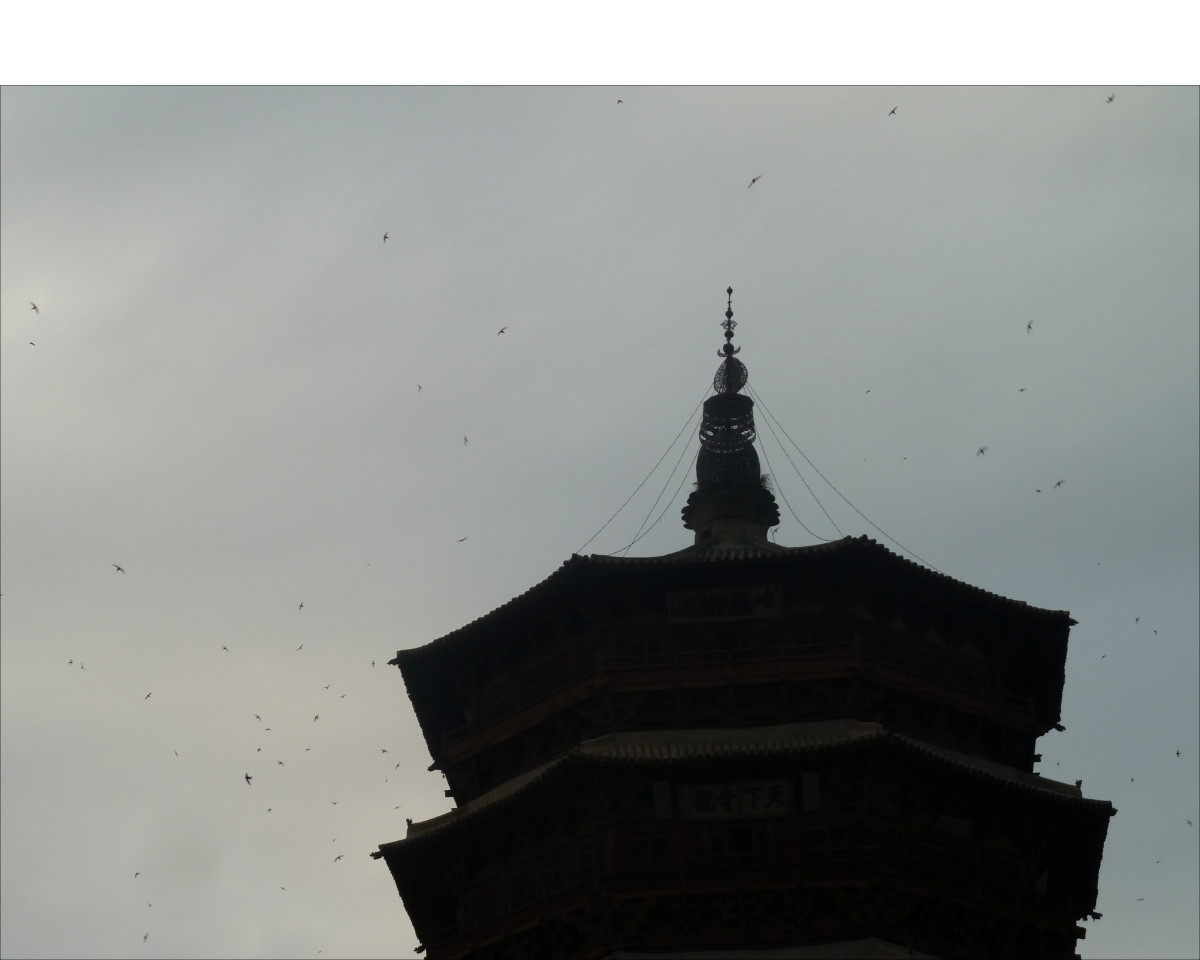
Countless birds are constantly circling the upper part of the pagoda, giving it an almost eerie feeling.

Lots of little shops along the road leading to the pagoda. Two people playing badminton on the street.

Westerners seldom come to Shuozhou. I don't resemble the poster picture - maybe that's what made me so noticeable for the locals.

Imagine, one of my very first stops in Shuozhou was a visit to the police station! Taken there by two locals… Uh-oh… No, very harmless! The two young men were old friends of the groom, showed me around the city and took me for dinner. And because one of their good buddies is a police officer, we just stopped there to say hi!

These Fulu tricycles are everywhere. I've never seen so many of them in one place. Not sure if they were all taxis or also privately used cars. Just three wheels but five doors!
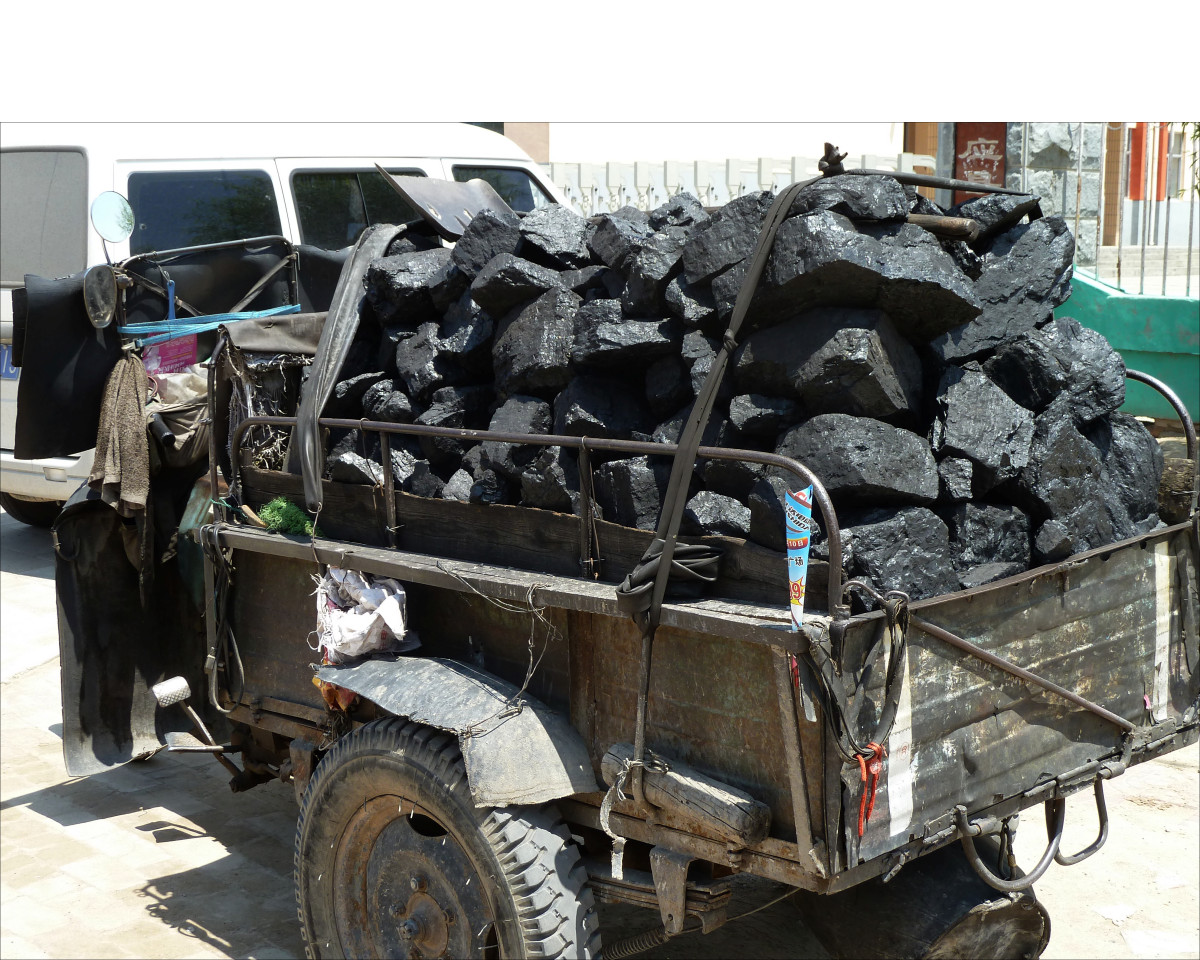
Shuozhou is a mining town, mostly coal but also other ores. Wondering what the future of coal will be in the country?

Far in the back is the entrance to the farmer's market that I mentioned in the "apricot" story above.
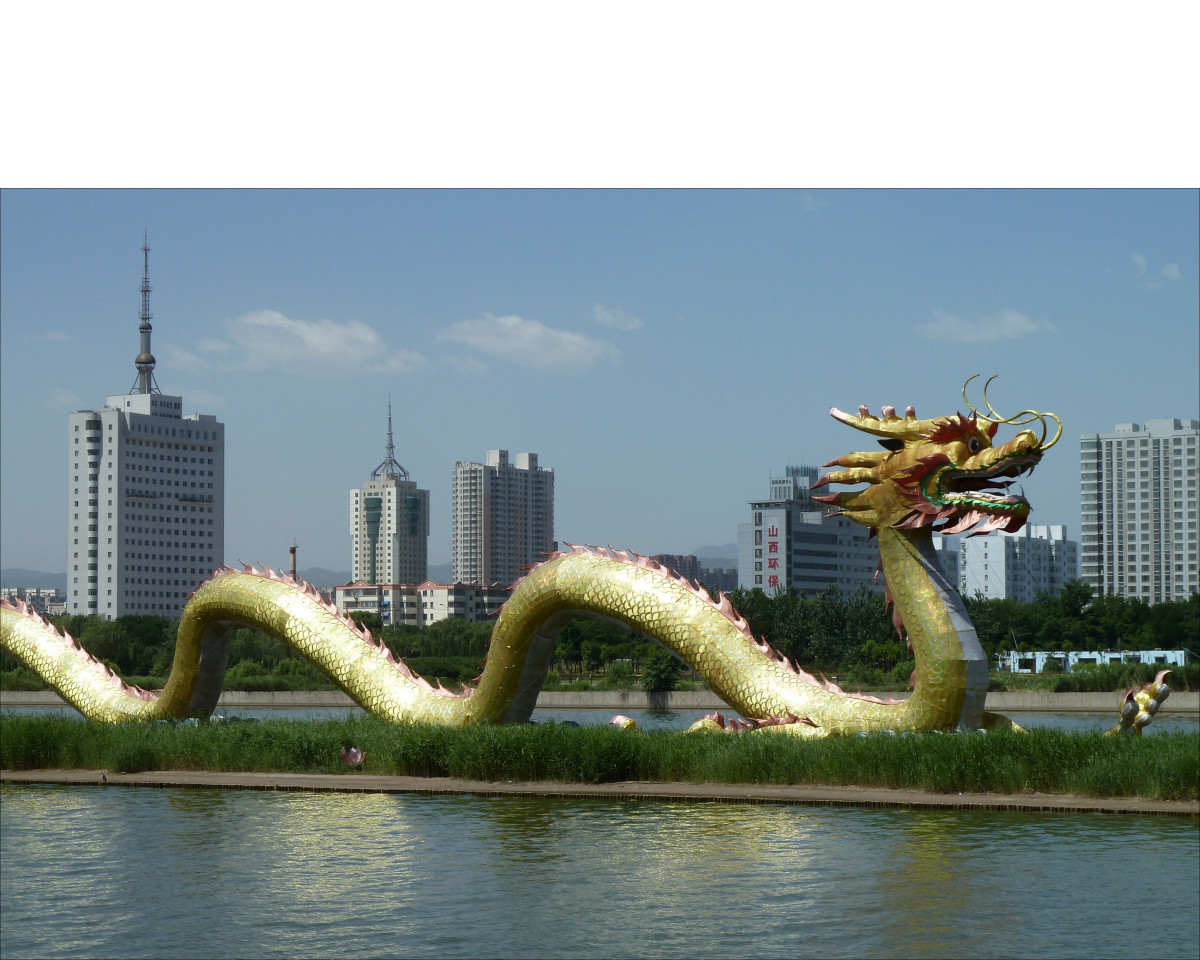
I only had one day in Taiyuan before returning to Canada. Overloaded by thousands of impressions from this amazing journey I decided on a relaxed walk along the Fen River shore.
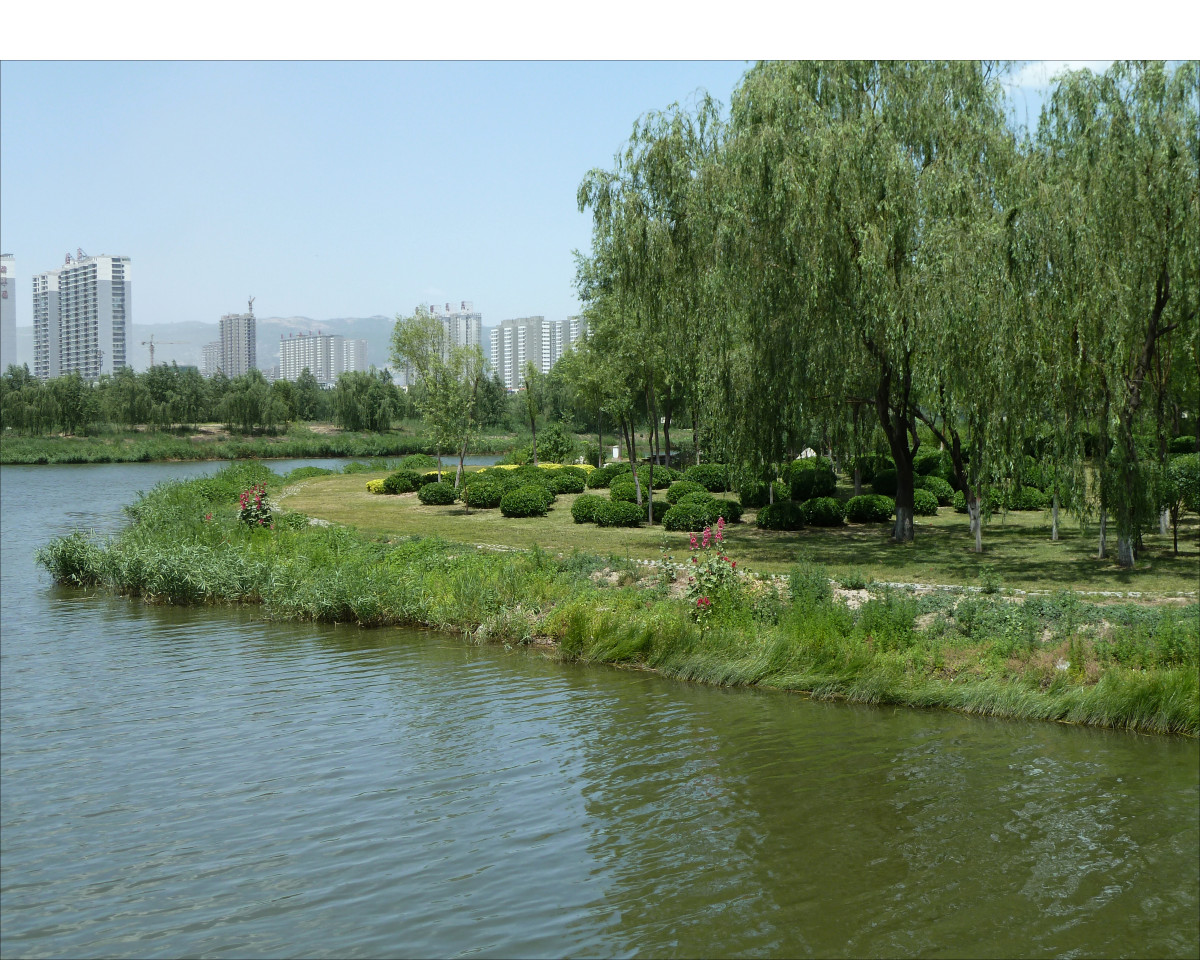
Not too long ago, all that was left was just a dry riverbed. In the late 1990s the government started a huge restoration project that includes 20 km of meticulously landscaped parkland.


